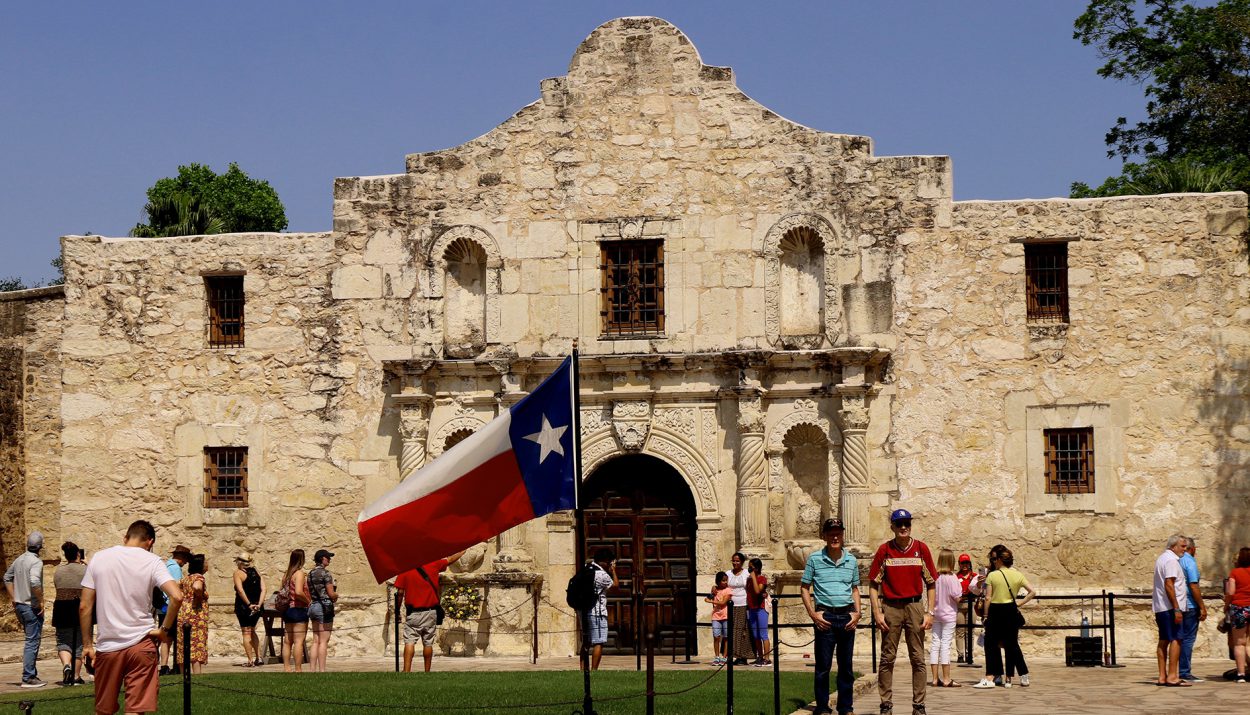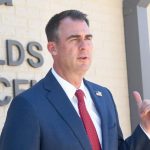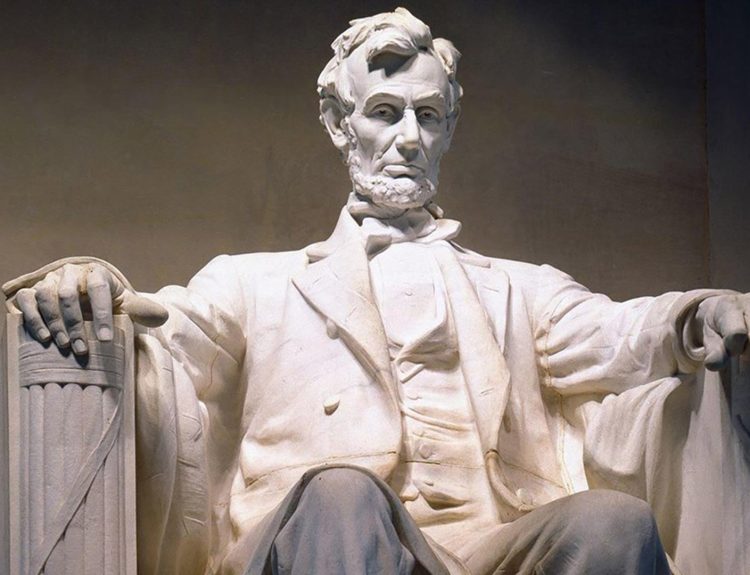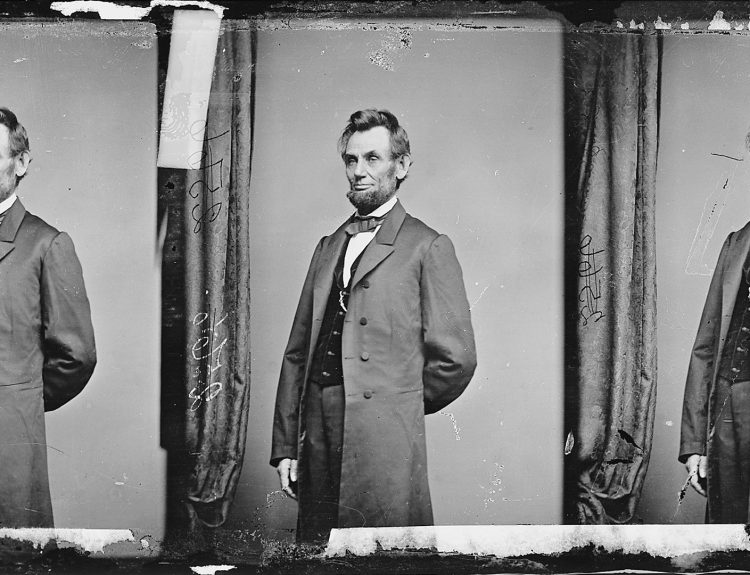Do you consider yourself a Texan history buff? Are you fascinated by the Lone Star State’s rich and diverse past? Well, get ready to put your knowledge to the test with our new trivia game, “Lone Star Lore”! With over 60 thought-provoking questions, this game will challenge even the most astute historians. So, saddle up, and let’s embark on a journey through the captivating story of Texas!
1. What moniker is commonly used to refer to the state of Texas?

A. The Lone Star State
B. The Peach State
C. The Golden State
D. The Buckeye State
Answer: A. The Lone Star State

Insight: Nicknamed the Lone Star State, Texas’ fiery spirit is reflected in its flag – a single star shining bright. This symbol harks back to 1836, when Texas declared independence from Mexico and forged its own path. The lone star continues to embody Texas’ independence and unwavering determination, a reminder of its fight for freedom and its enduring identity.
2. Which war ensued as a consequence of the U.S. annexing Texas in 1845?
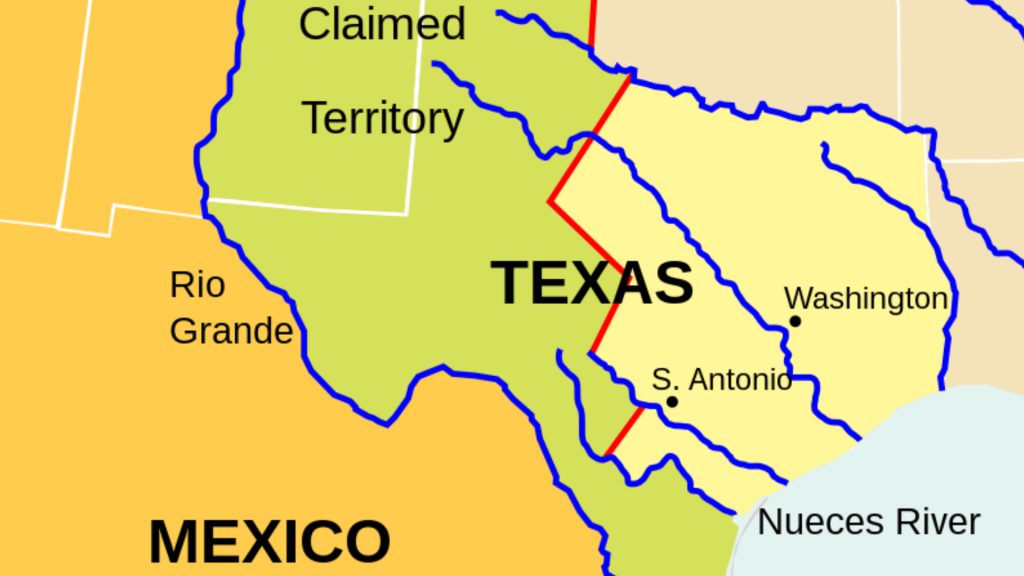
A. Franco-American War
B. Brazil-American War
C. Mexican-American War
D. Russo-American War
Answer: C. Mexican-American War

Insight: Tensions between the U.S. and Mexico erupted into war in 1846, sparked by the controversial annexation of Texas by the U.S. This disagreement over the new state’s northern border, along with the issue of Texan independence from Mexico, ignited the conflict. The history of Texas’s annexation was further complicated by slavery, as many early Texan settlers brought slaves with them.
3. Which duo of U.S. Presidents hail from the Lone Star state?

A. The Bushes
B. The Harrisons
C. The Adams
D. The Roosevelts
Answer: A. The Bushes

Insight: Despite their strong association with Texas, both Presidents George H.W. Bush and George W. Bush were actually born elsewhere. While Texas has undeniably produced its fair share of iconic figures, from outlaws like Bonnie and Clyde to musical legends, the Lone Star State can’t claim credit for the Bush political dynasty.
4. Which country once claimed the territory that is now known as Texas?
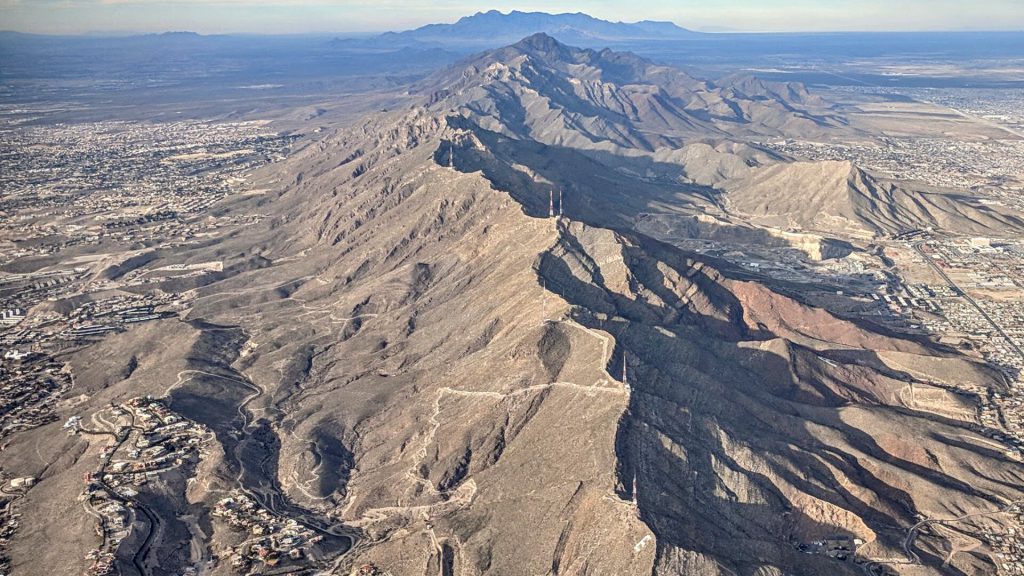
A. Russia
B. Canada
C. Mexico
D. Portugal
Answer: C. Mexico

Insight: Steeped in history, Texas wasn’t always part of the United States. Originally governed by Spain, it became Mexican territory after Mexico gained independence in 1821. However, tensions rose after a Mexican coup in 1833, culminating in the Texas Revolution of 1836. This fight for independence established Texas as its own nation before it eventually joined the U.S. in 1845.
5. During the Texas Revolution, Sam Houston guided Texas to a significant triumph at which battle?
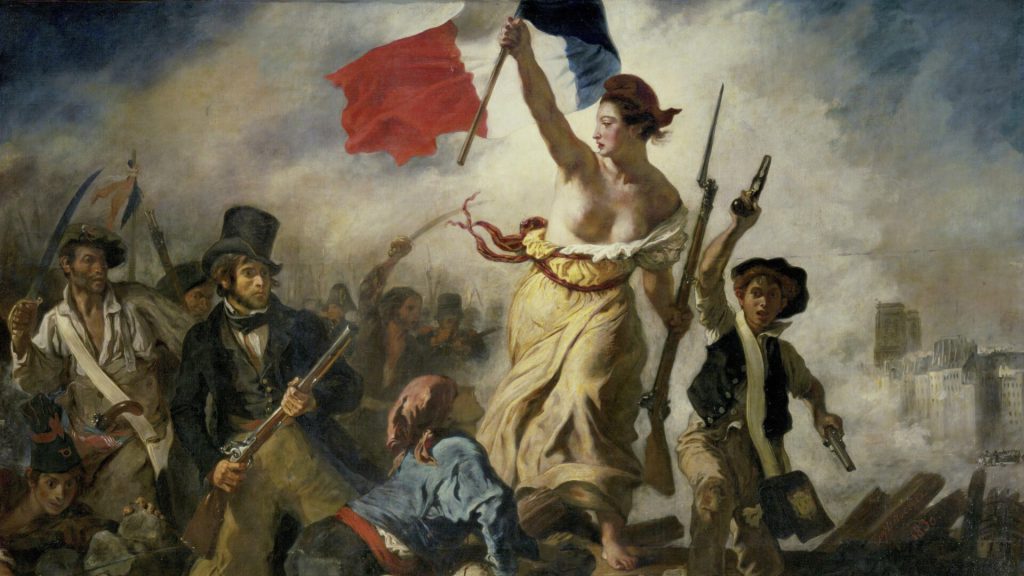
A. Battle of Gonzales
B. Battle of Concepción
C. Battle of Palmito Ranch
D. Battle of San Jacinto
Answer: D. Battle of San Jacinto

Insight: The Battle of San Jacinto, led by Sam Houston, stands as the turning point of the Texas Revolution. Outnumbered Texans, fueled by cries for fallen comrades, achieved a decisive victory against Santa Anna’s forces in under 20 minutes, securing Texas’s independence. This swift triumph cemented the Battle of San Jacinto as a defining moment in Texan history.
6. Which U.S. President was tragically assassinated in the state of Texas in 1963?

A. Ronald Reagan
B. Abrahm Lincoln
C. John F. Kennedy
D. William McKinley
Answer: C. John F. Kennedy

Insight: A dark day unfolded on November 22nd, 1963, when President John F. Kennedy was assassinated in Dallas, Texas. This shocking event, not just for Texas but the entire nation, cut short his plans for re-election. Vice President Lyndon B. Johnson and Governor John B. Connally were also present during this somber moment in American history.
7. Originally a historic Franciscan mission, what landmark (pictured here) is definitely one to “remember”?

A. The Alamo
B. Taos Pueblo
C. San Miguel Mission
D. Acoma Pueblo
Answer: A. The Alamo
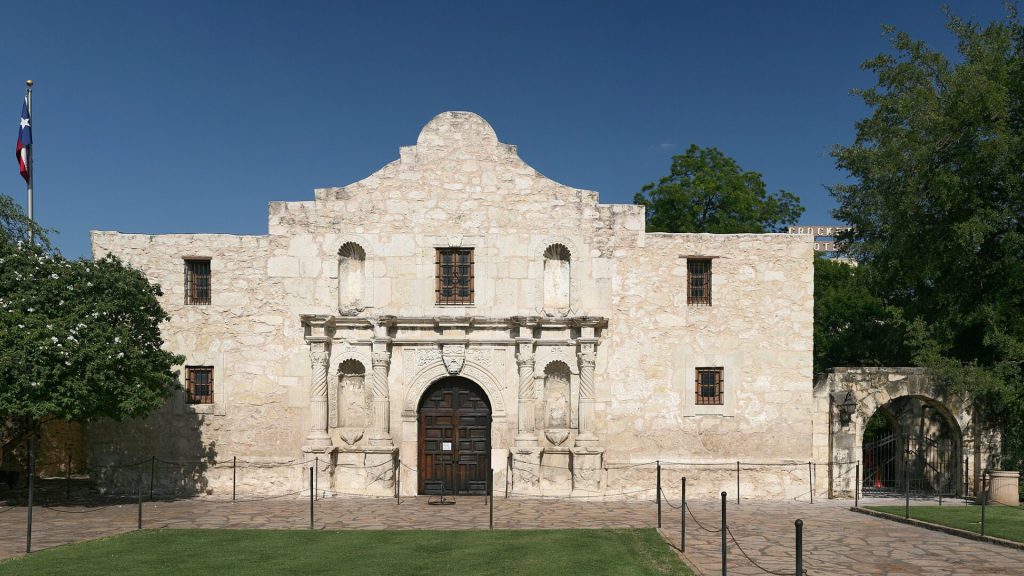
Insight: San Antonio’s Alamo, a former 18th-century mission turned fortress, holds a tragic chapter in Texas history. A 13-day siege during the Texas Revolution claimed the lives of nearly 200 Texan defenders after Mexico recaptured the Alamo.
8. What is the name of the river that forms much of the boundary between Texas and Mexico?
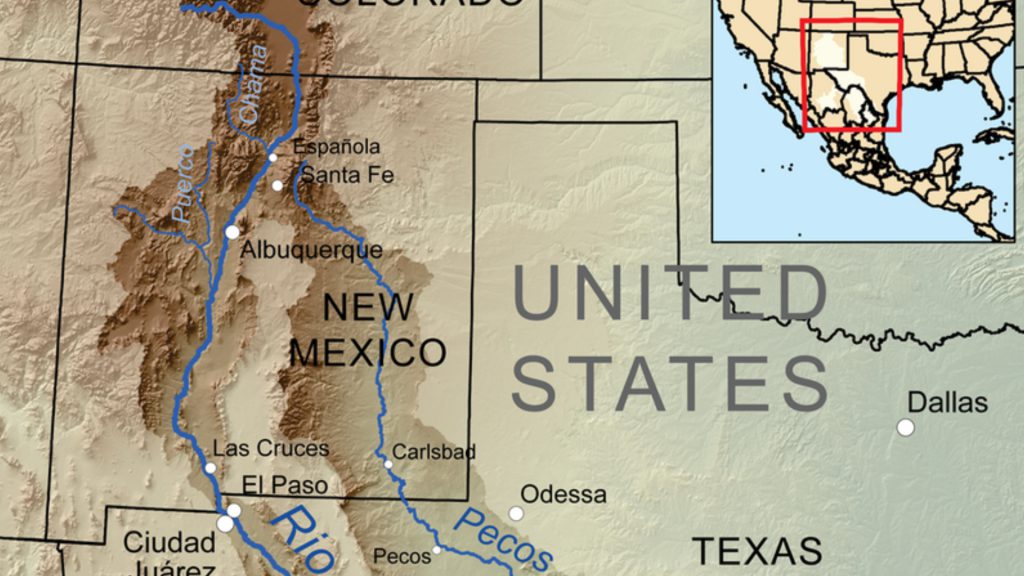
A. Red River
B. Pecos River
C. Rio Grande
D. Mississippi
Answer: C. Rio Grande
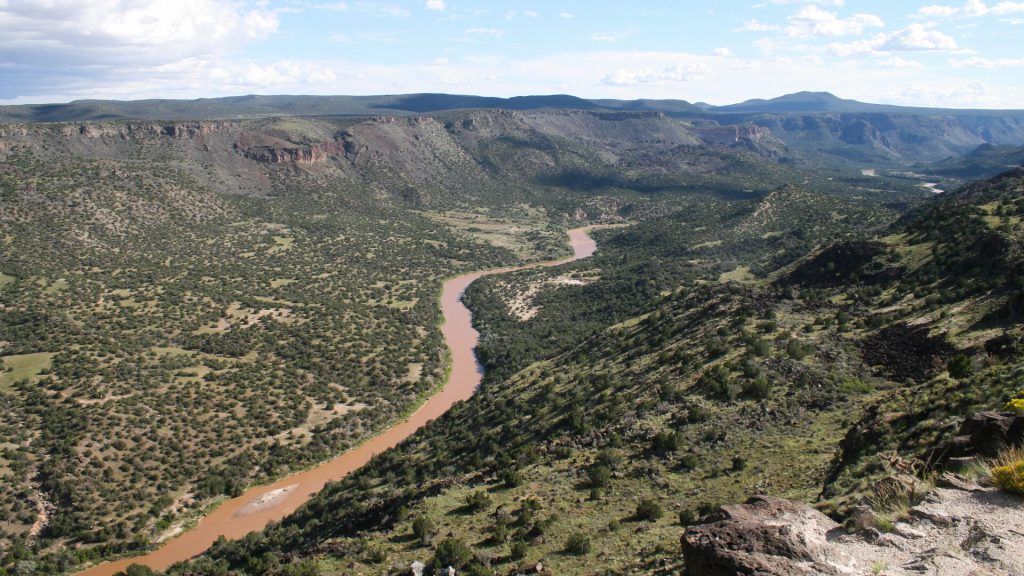
Insight: More than just a border, the Rio Grande is a 1,200-mile-long river that has played a major role in Texas history. Since 1848, it’s marked the boundary between the United States and Mexico, influencing Texas’s annexation in 1845. Known as the Río Bravo in Mexico, the Rio Grande’s long presence reflects its significance in the region’s history.
9. Can you identify the capital city of the Lone Star State, Texas?
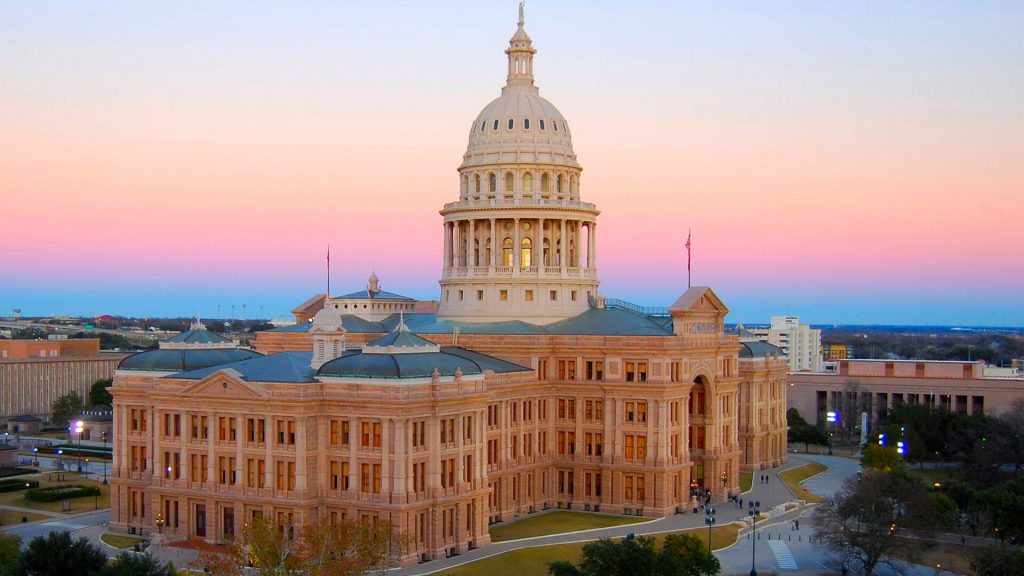
A. Austin
B. Oregon
C. Cleveland
D. Dallas
Answer: A. Austin
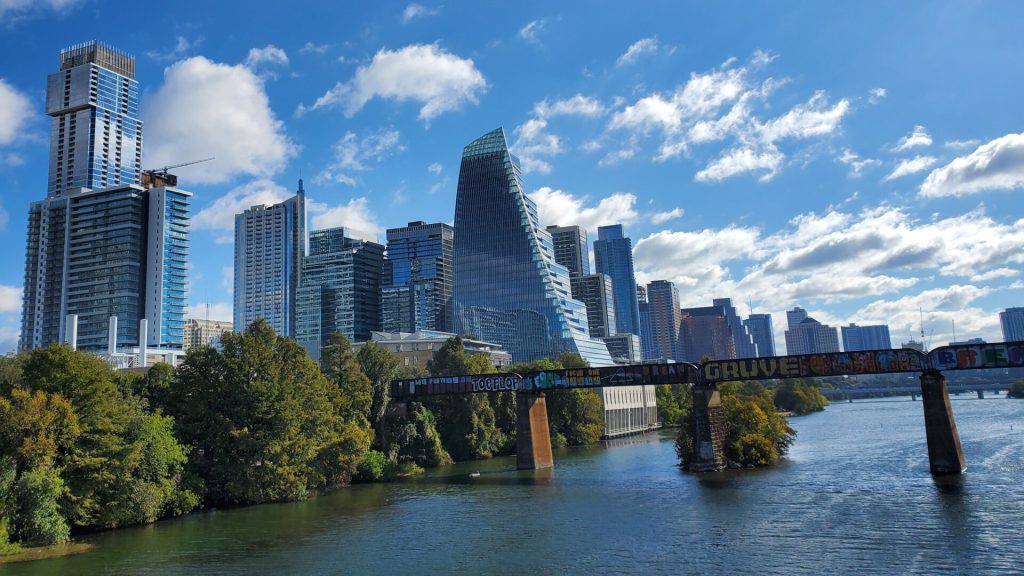
Insight: Austin, Texas, has been the capital of the Lone Star State since its founding in 1839. Originally the capital of the Republic of Texas, a sovereign nation from 1836 to 1846, Austin retained its role as the seat of government after Texas joined the United States in 1845.
10. What flower has been designated as the state flower of Texas?

A. Bluebonnet
B. Marigold
C. Lavender
D. Daisy
Answer: A. Bluebonnet
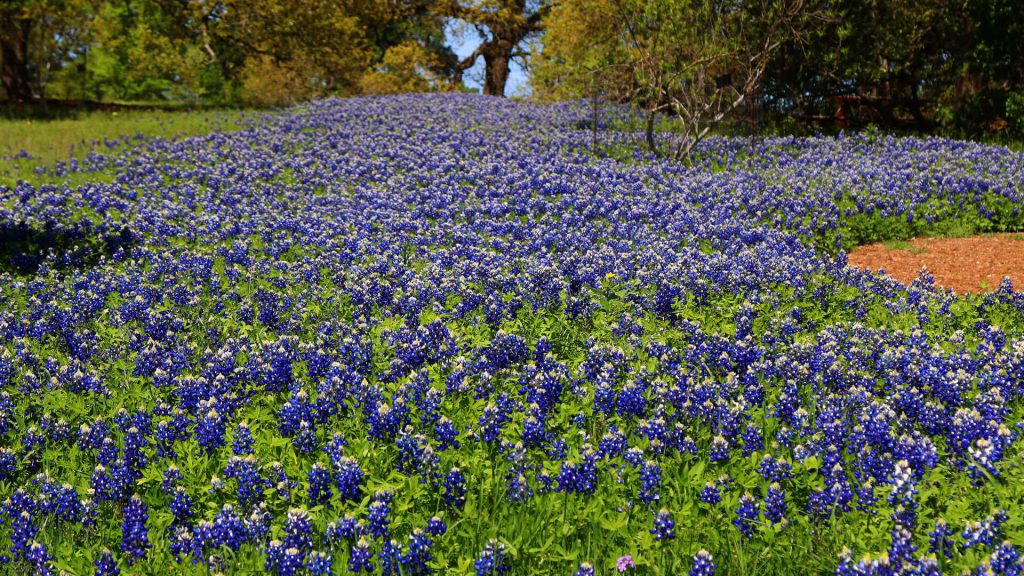
Insight: The bluebonnet (Lupinus texensis), Texas’s state flower since 1901, paints the landscape vibrant blue each spring. Symbolizing bravery and admiration, these beauties carpet fields, especially along the famed bluebonnet trail. A true Texan has likely captured a family photo amidst this iconic floral display.
11. In which Texan city is NASA’s Johnson Space Center?

A. Dallas
B. Texarkana
C. San Antonio
D. Houston
Answer: D. Houston

Insight: Nicknamed “Space City” for a reason, Houston, Texas, houses NASA’s Johnson Space Center. This crucial hub for astronaut training and space research, named after President Lyndon B. Johnson, has been a Texan gem since its founding.
12. Texas is famous for which large mammal?

A. Longhorn
B. Grizzly Bear
C. Cat
D. Armadillo
Answer: A. Longhorn
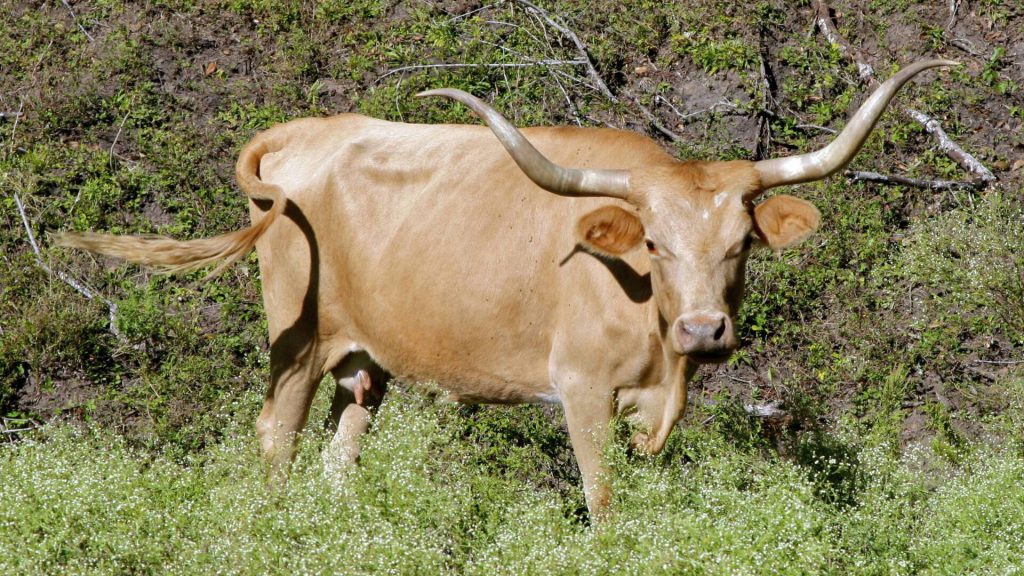
Insight: The Texas Longhorn is the state’s official large mammal. Descended from Spanish and English cattle, these impressive animals are known for their horns, which can grow over 8 feet long! Their resilience made them a symbol of Texas during the cattle drives of the 1800s.
13. Which European nation first established settlements and laid claim to parts of Texas?
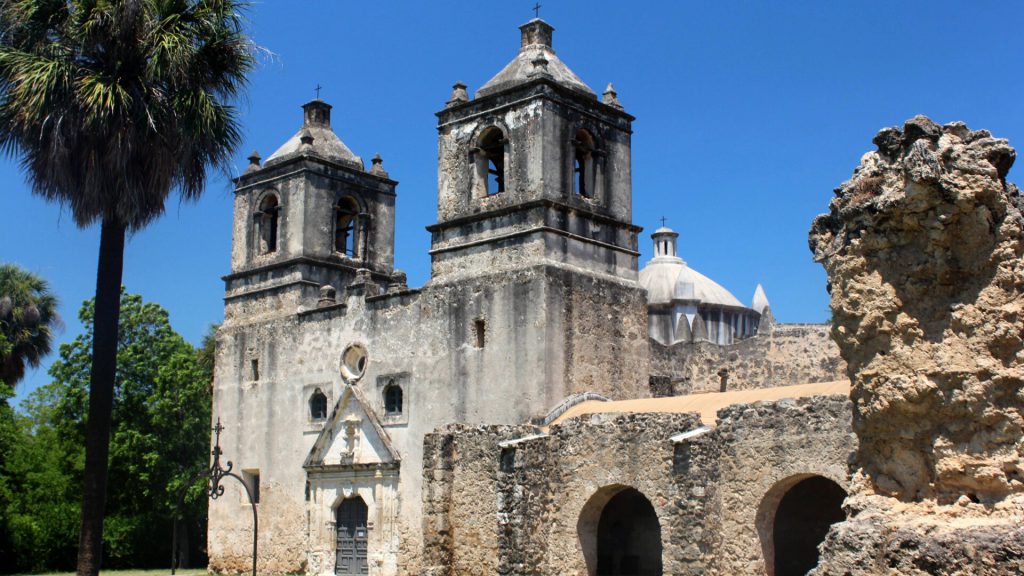
A. Spain
B. Portugal
C. Italy
D. Germany
Answer: A. Spain
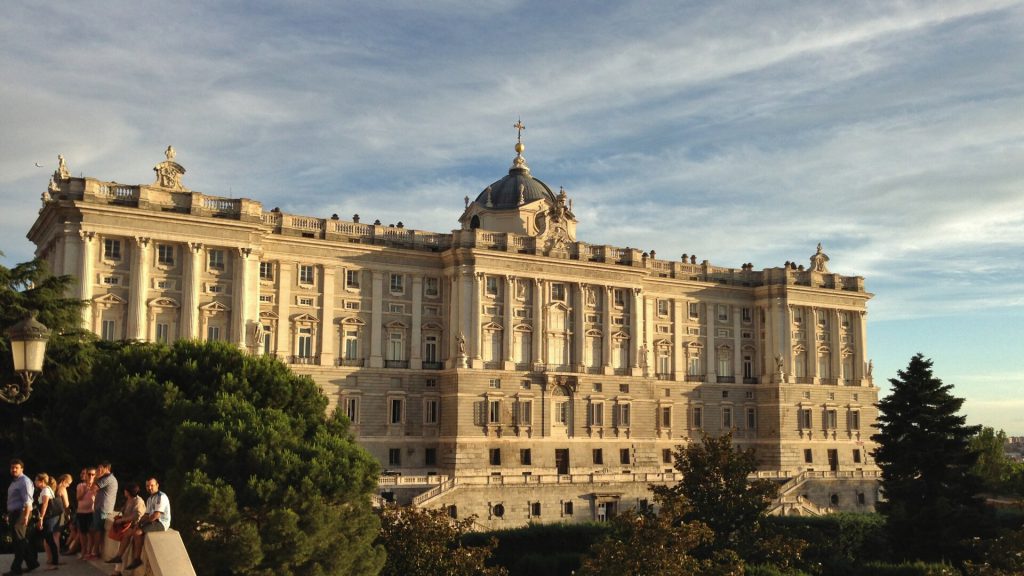
Insight: Texas has a rich colonial history that began with Spain. Spanish explorers arrived in 1519, well before the French, and laid claim to the territory. To counter French influence in the 1680s, Spain established missions in what are now El Paso, San Angelo, and Presidio. These early settlements marked the beginning of a long Spanish presence in Texas.
14. During the War of 1812, under whose command was Sam Houston placed?
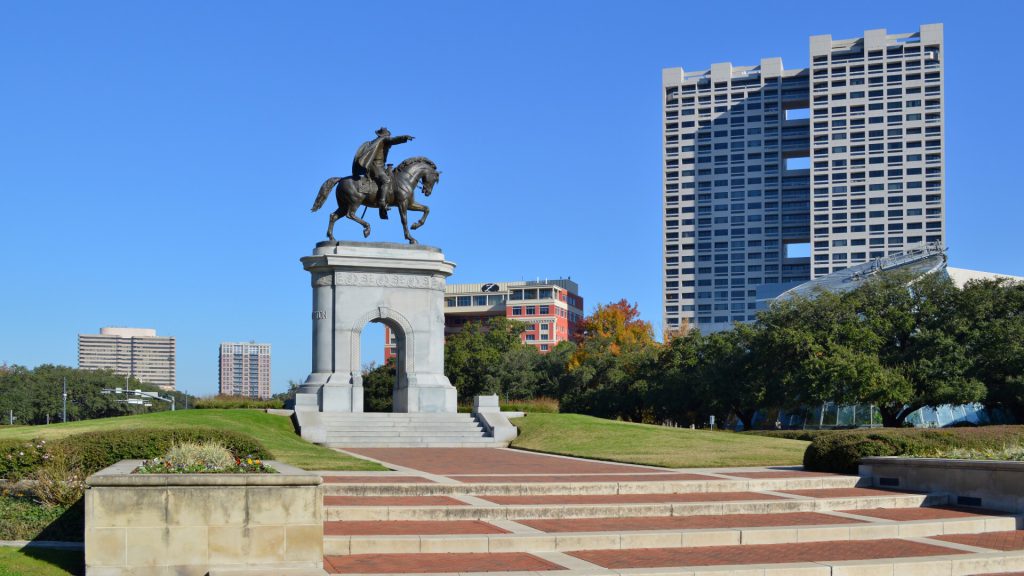
A. Andrew Jackson
B. Oliver Hazard Perry
C. Jacob Brown
D. William Henry Harrison
Answer: A. Andrew Jackson
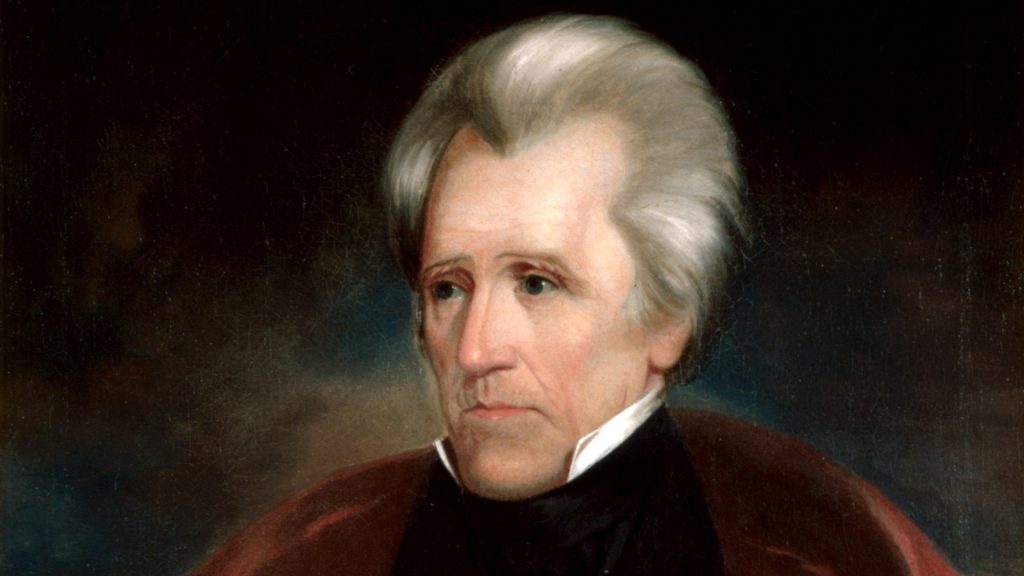
Insight: The War of 1812 brought Sam Houston and Andrew Jackson, future 7th president, together. Houston’s courage impressed Jackson, sparking a mentor-mentee bond. Their paths remained intertwined as Houston rose through the military ranks under Jackson’s wing. Even in politics, Houston followed a similar path, entering Congress with Jackson’s backing and eventually leading the newly formed Republic of Texas.
15. Which state shares nearly all of Texas’ northern border?
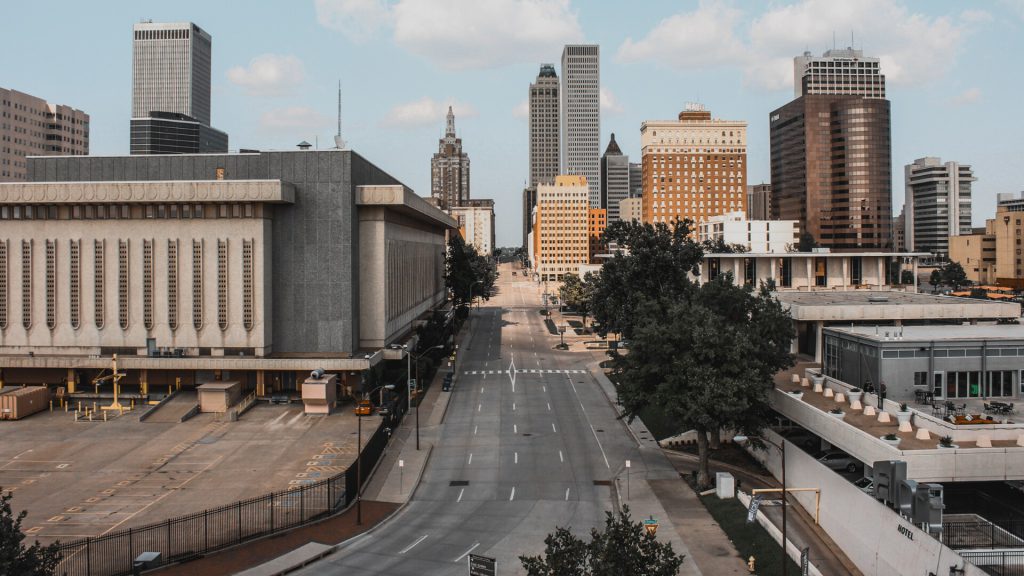
A. Kansas
B. Missouri
C. Oklahoma
D. New Mexico
Answer: C. Oklahoma

Insight: Yes, Oklahoma shares its northern border with Texas, making them neighboring states. Texas is quite the social hub in terms of interstate connections! Along with Oklahoma, Texas is also bordered by New Mexico, Arkansas, and Louisiana. And to the southwest, it shares a border with Mexico. But when it comes to the north, Oklahoma is the one and only neighbor of Texas!
16. What significant event led numerous farmers in the Texas panhandle to leave their farms in the 1930s?
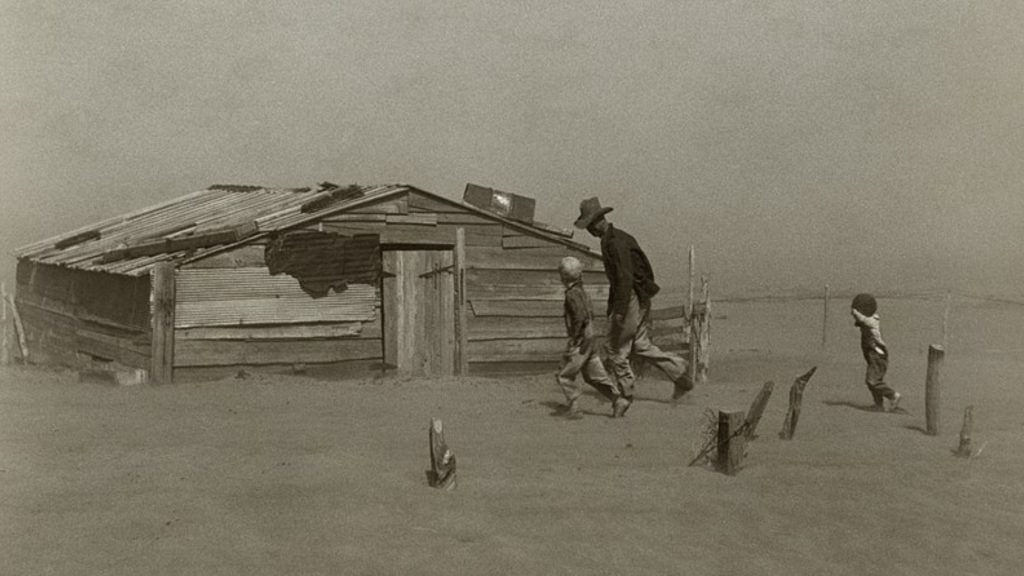
A. The Dust Bowl
B. Hurricane Katrina
C. The Texas Oil Boom
D. The Election of FDR
Answer: A. The Dust Bowl

Insight: In the 1930s, the Dust Bowl choked the Great Plains with dust storms, particularly impacting the Texas Panhandle. A mix of Great Depression hardship, brutal drought, and unsustainable farming practices caused massive soil erosion. Many Texas Panhandle farmers, facing ruined crops and a dying way of life, were forced to leave their homes, forever marking this era as a pivotal moment in Texas and American history, highlighting the harsh realities of economic and environmental devastation.
17. When was the Republic of Texas, an independent sovereign country, established?

A. March 2, 1236
B. March 2, 1736
C. March 2, 1836
D. March 2, 1436
Answer: C. March 2, 1836
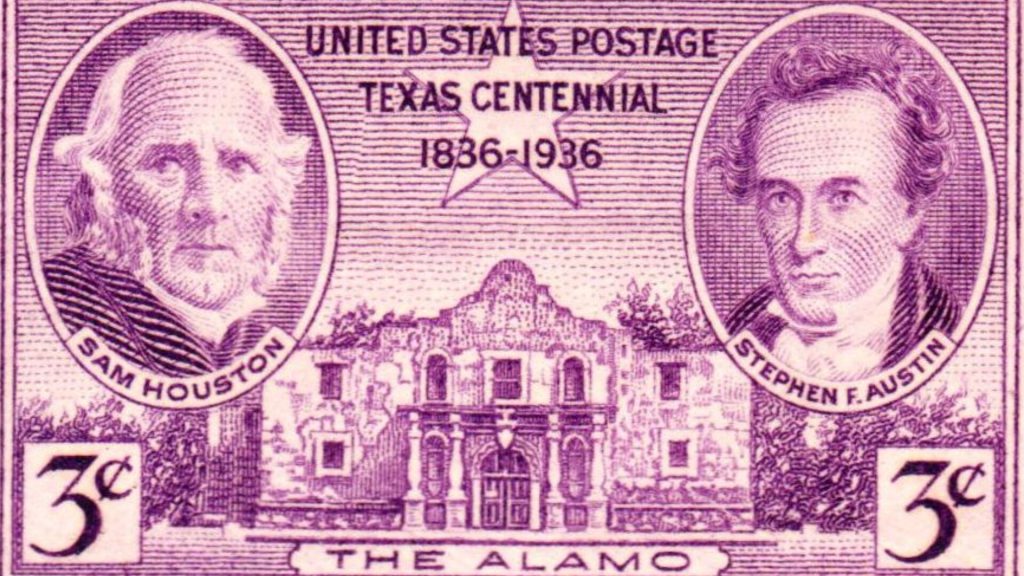
Insight: Texas declared its independence from Mexico on March 2, 1836, with 59 delegates representing various settlements. This marked the birth of the Republic of Texas, a free and independent nation that existed for ten years before joining the United States as the 28th state in 1846. A fascinating chapter in American history, to be sure!
18. During the Civil War, which side did the state of Texas support?
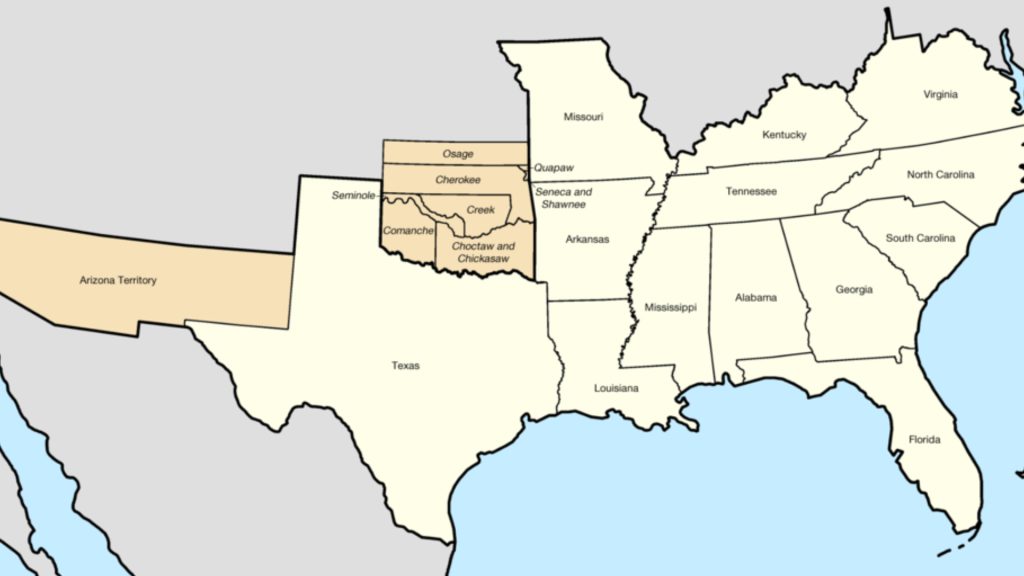
A. Union
B. Confederacy
Answer: B. Confederacy

Insight: Seceding in 1861, Texas became the seventh Confederate state. However, the decision wasn’t unanimous. Governor Sam Houston opposed it, caught between his country and his adopted home. While some Texans grew frustrated with the Confederacy over taxes, Texas played a key economic role by enabling trade with Mexico. Texas’s Civil War history is indeed rich and complex.
19. When was the date that Texas was admitted as a state?
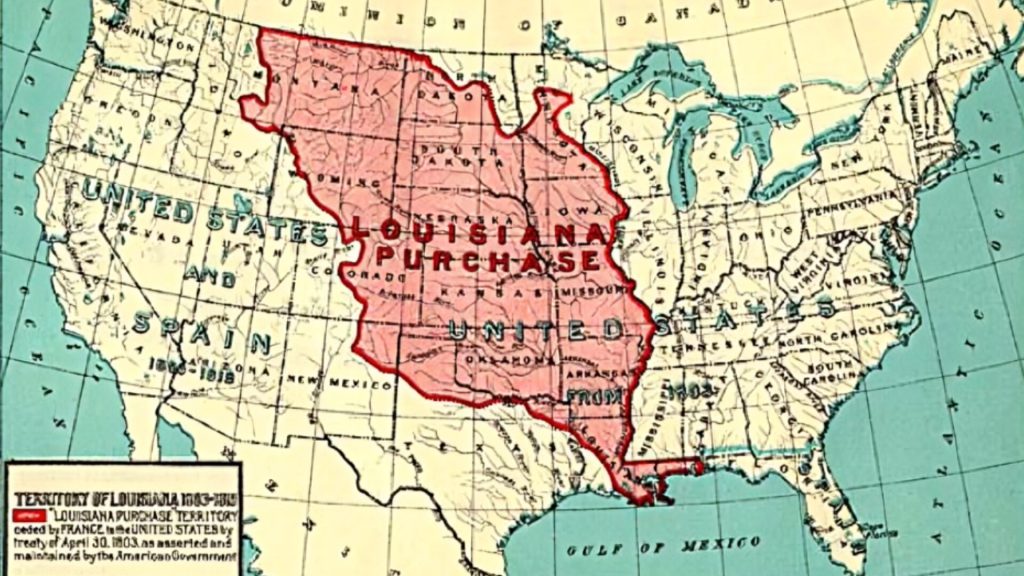
A. December 29, 1845
B. December 29, 1656
C. December 29, 1945
D. December 29, 1800
Answer: A. December 29, 1845

Insight: After nearly a decade of independence from Mexico (since 1836), Texas officially joined the United States on December 29, 1845, becoming the 28th state. Political disagreements over slavery delayed its annexation, but President Polk ultimately signed the agreement, marking a significant turning point in American history.
20. Selena was renowned as the queen of which musical genre?

A. Tejano
B. Folk
C. Texas Country
D. Reggaeton
Answer: A. Tejano
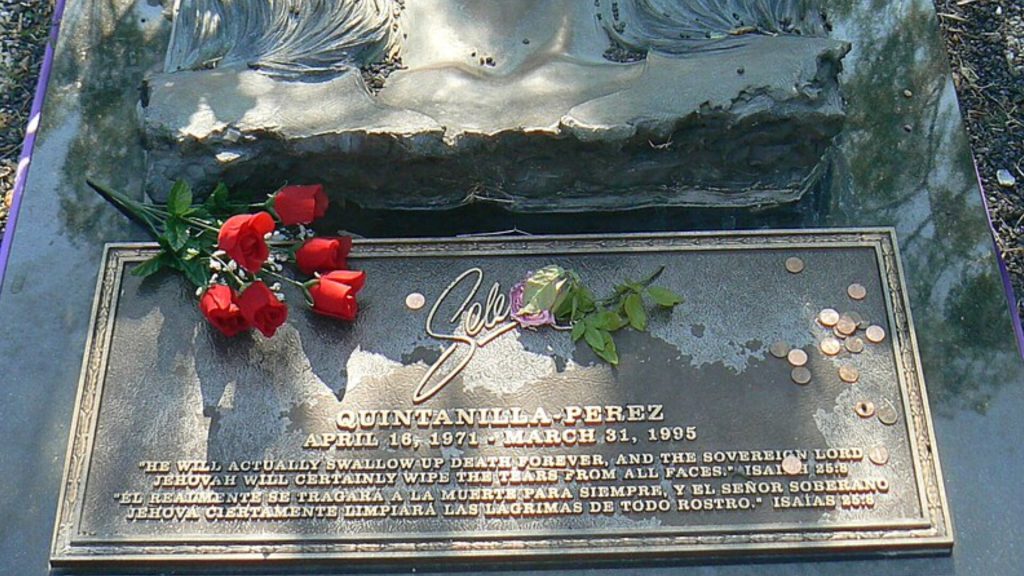
Insight: Tejano Queen Selena wasn’t just royalty, she was a revolution. Blending Mexican and American sounds, she brought Tejano music to the forefront. Her album “Amor Prohibido” was such a smash hit, it made her “bigger than Tejano itself.” Talk about a queen leaving her mark!
21. Which city holds the title for being the most populous in the state of Texas?
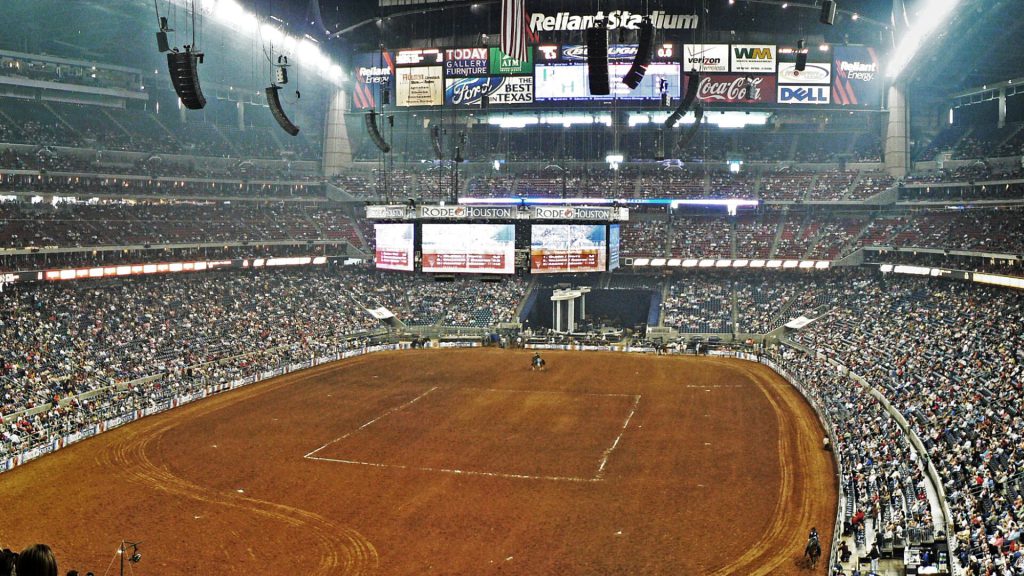
A. El Paso
B. Austin
C. San Antonio
D. Houston
Answer: D. Houston

Insight: Houston ranks as the fourth largest in the US. Nicknamed “Space City,” it’s famous for its role in space exploration. Home to NASA’s Johnson Space Center, Houston is where astronauts train, missions are researched, and flight control keeps a watchful eye – a true center for historic moments like the “Houston, we have a problem” call.
22. What is the correlation between the name of the Six Flags amusement park and the state of Texas?
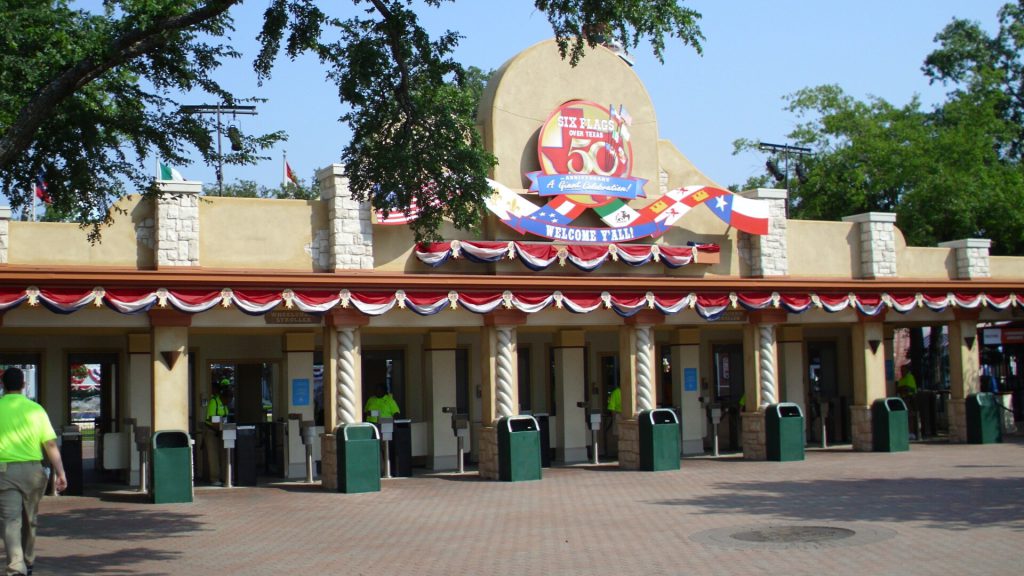
A. There are more of them in Texas than in any other state.
B. There are six of them in Texas.
C. The park was founded by six Texan entrepreneurs.
D. The name comes from the six flags flown over Texas.
Answer: D. The name comes from the six flags flown over Texas.

Insight: Six Flags amusement parks aren’t just about thrills! Their name is a fun history lesson. It references the six flags that have waved over Texas throughout its colorful past: Spain, France, Mexico, the Republic of Texas, the Confederacy, and finally, the United States. So next time you’re on a roller coaster, remember you’re riding through a bit of Texas history!
23. On September 8, 1900, what kind of natural disaster devastated the city of Galveston, Texas?

A. Hurricane
B. Earthquake
C. Tornado
D. Tsunami
Answer: A. Hurricane
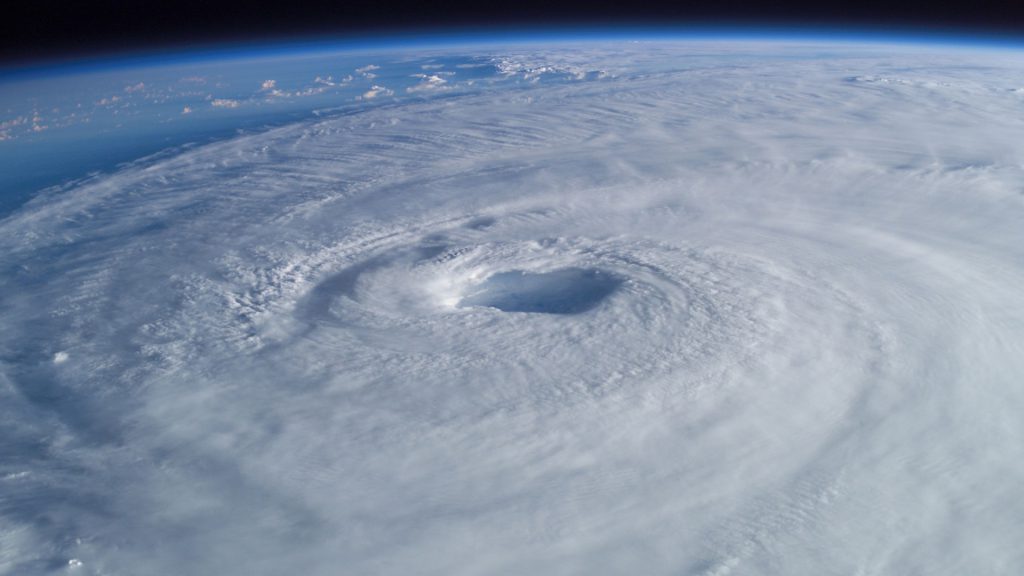
Insight: On September 8th, 1900, the Great Galveston Hurricane, a ferocious storm with winds reaching 120 mph, slammed into Galveston, Texas. This deadly disaster claimed over 6,000 lives, forever altering the city’s landscape and leaving an indelible mark on Texas history.
24. In which year was the first skyscraper erected in Dallas, marking it as the first one in the Southwestern United States?

A. 1999
B. 1809
C. 2009
D. 1909
Answer: D. 1909

Insight: Dallas’ skyline wasn’t always a high-rise haven. In 1909, the Praetorian Building, a then-impressive 15 stories, became the first skyscraper west of the Mississippi. This architectural landmark marked a turning point for Dallas, symbolizing the city’s growing ambition and prosperity in the early 20th century.
25. Besides being the First Lady to President Lyndon B. Johnson, Lady Bird Johnson is also known for a significant accomplishment. What is it?
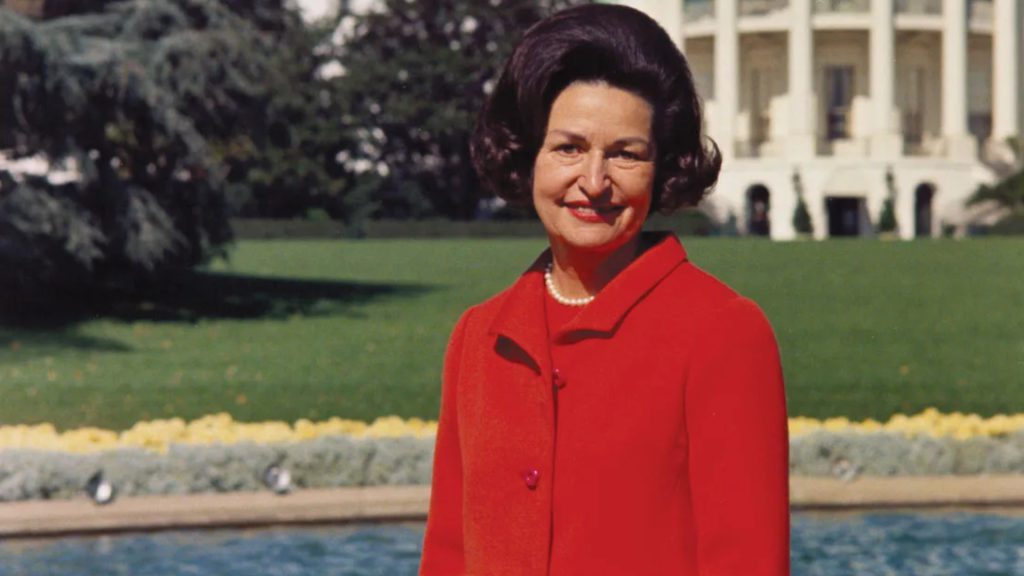
A. The Food Stamp Act
B. The Highway Beautification Act
C. Nutrition for All
D. The Public Broadcasting Act
Answer: B. The Highway Beautification Act

Insight: First Lady Lady Bird Johnson wasn’t just known for style. A champion for the environment, she spearheaded the Highway Beautification Act of 1965 to fight roadside clutter and beautify America’s roadways. This, along with her broader efforts, paved the way for the environmental movement that blossomed in the 1970s.
26. What was Jim Bowie’s job during the Battle of the Alamo?
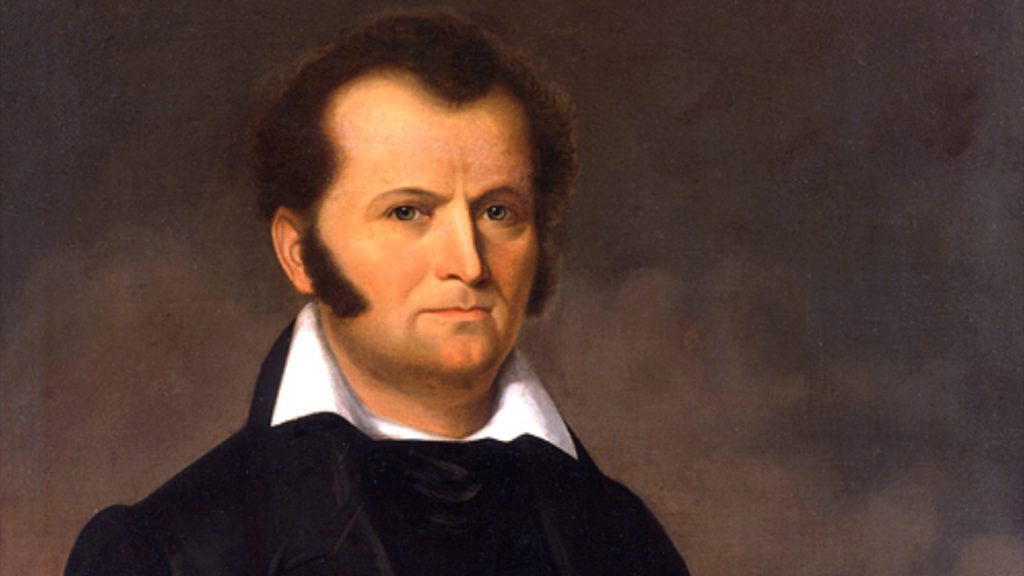
A. Negotiated the surrender
B. Commanded volunteer forces
C. Organized the defense strategy
D. Led the Cavalry
Answer: B. Commanded volunteer forces
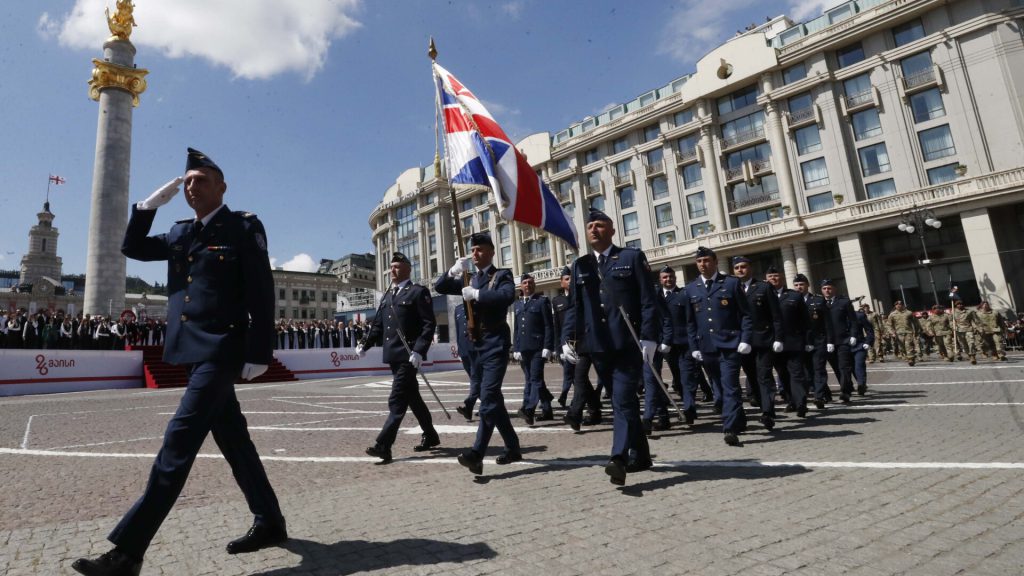
Source: Wikimedia/Giorgi Abdaladze
Insight: Though weakened by illness, Jim Bowie’s leadership spirit couldn’t be contained. Sharing command of the Alamo’s volunteer forces with William B. Travis, Bowie’s presence remained a crucial asset to the Texan fight for independence, even from his sickbed.
27. Which Native American tribe held dominance in Texas for a span of a century?
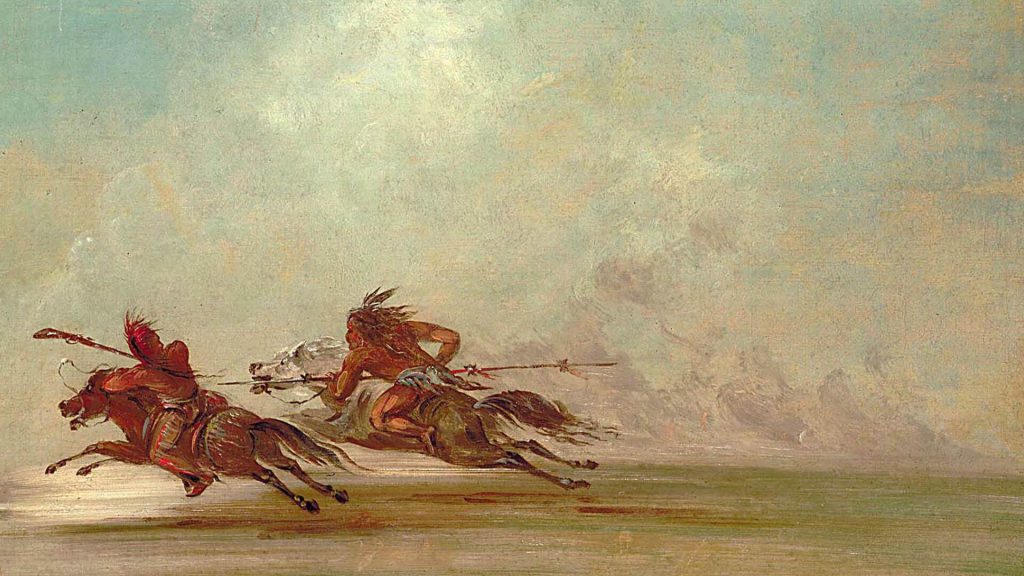
A. The Sioux
B. The Navajo
C. The Comanche
D. The Cherokee
Answer: C. The Comanche
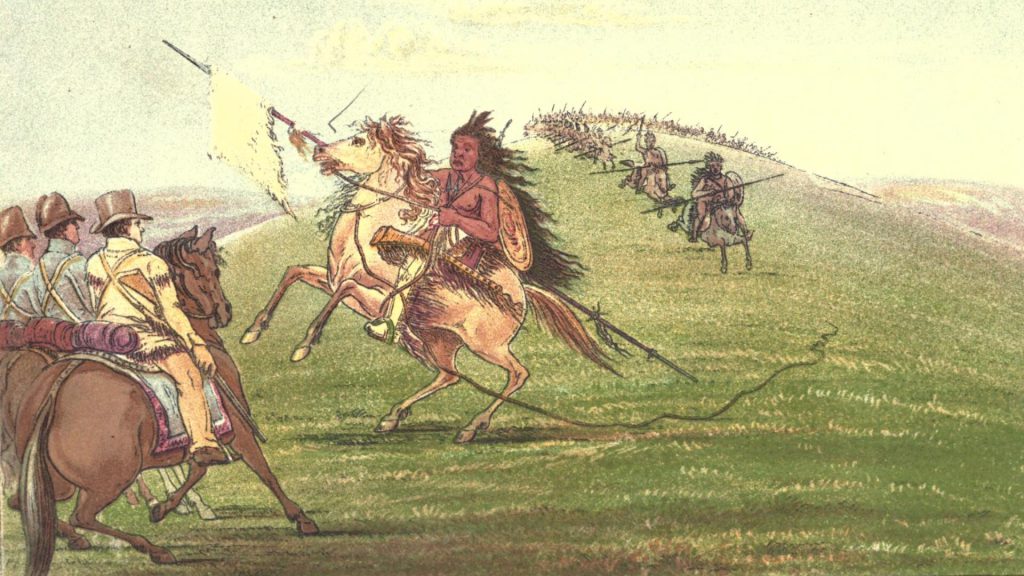
Insight: Renowned for their horseback riding skills, the Comanche ruled the vast plains of Comancheria (spanning New Mexico and West Texas) throughout the 18th and 19th centuries. Their raiding prowess and nomadic lifestyle made them a dominant and feared force in the region, even conquering Spanish Texas.
28. What does the Native American word which ‘Texas’ is derived from mean?
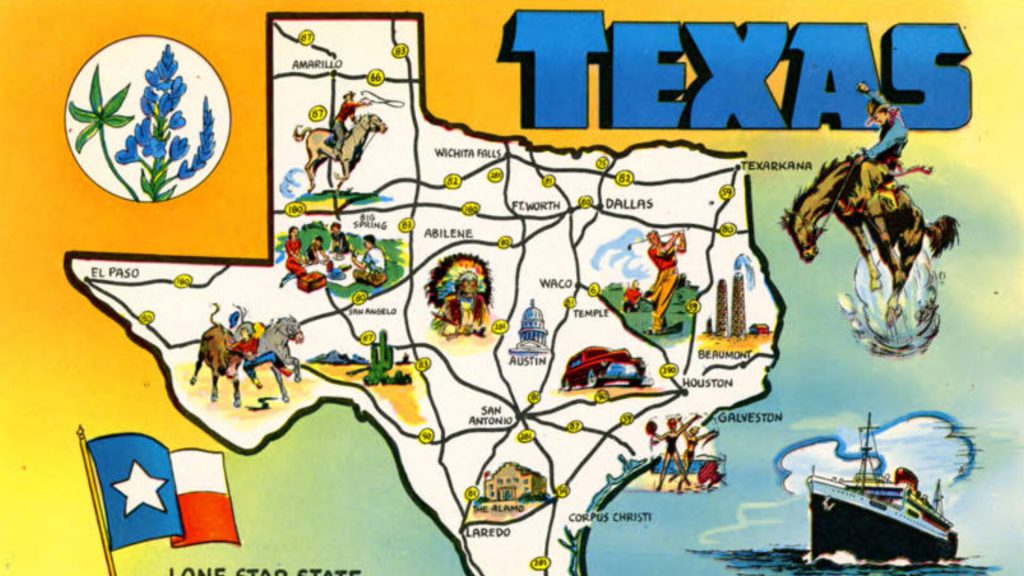
A. Friends
B. Oil
C. Gold
D. Rivers
Answer: A. Friends
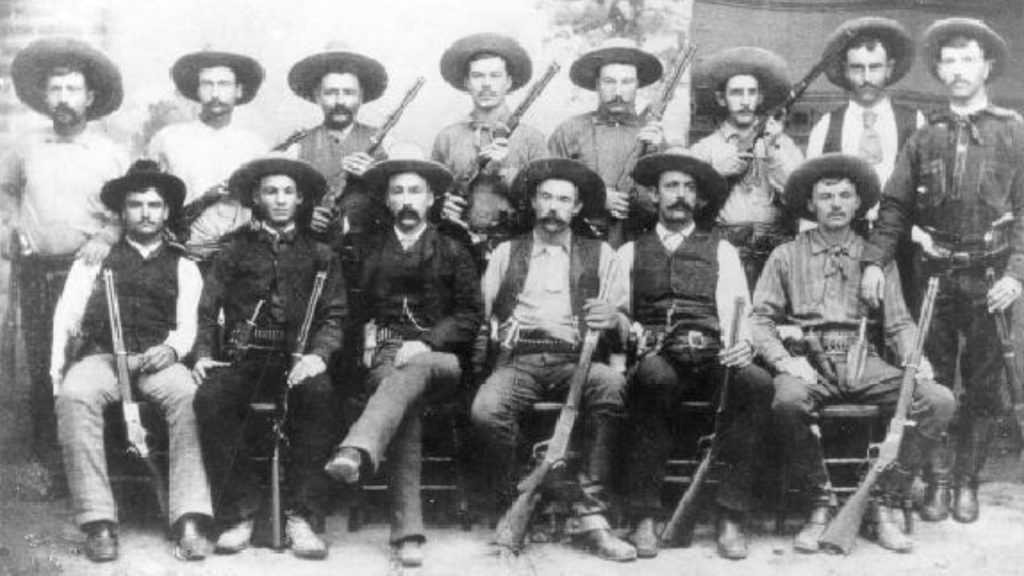
Insight: Texas’ name might be more meaningful than you think! It possibly comes from the Caddo word for “friend” or “ally.” This spirit of camaraderie is reflected in the state motto, “Friendship.” Turns out, a bit of history can make your geography lesson surprisingly heartwarming.
29. Which popular outdoor activity is the state sport of Texas?

A. Basketball
B. Football
C. Rodeo
D. Baseball
Answer: C. Rodeo
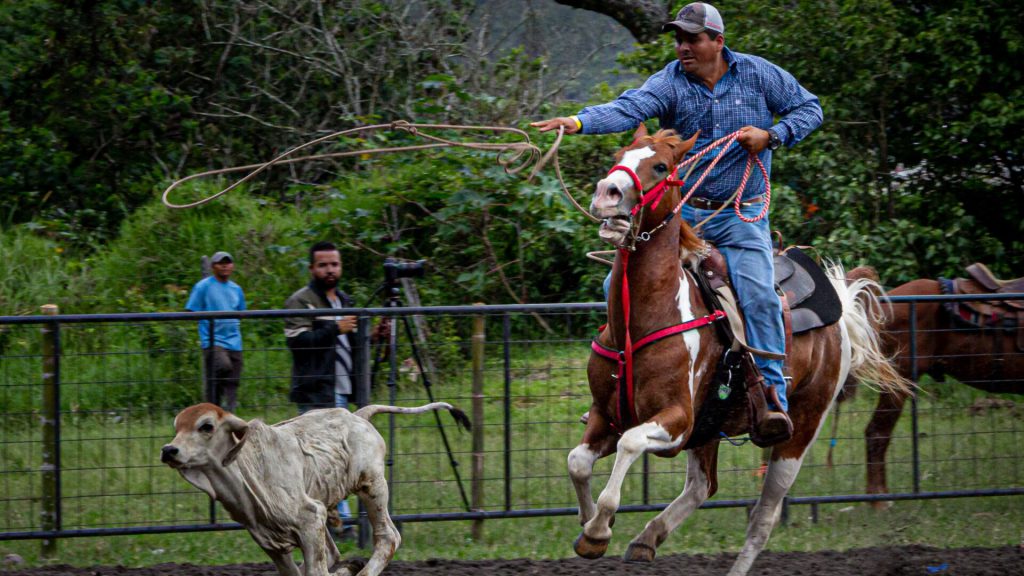
Insight: With roots in Texas ranching, rodeo is practically woven into the state’s DNA. The first official rodeo even took place in Pecos, Texas in 1883! Texans hold onto their cowboy culture, from historic cattle drives to modern rodeos. No matter the type – traditional, cowboy, or Mexican – expect a passionate fan base whenever a rodeo rolls into town.
30. In which year did the world’s first domed stadium, the Houston Astrodome, open its doors?
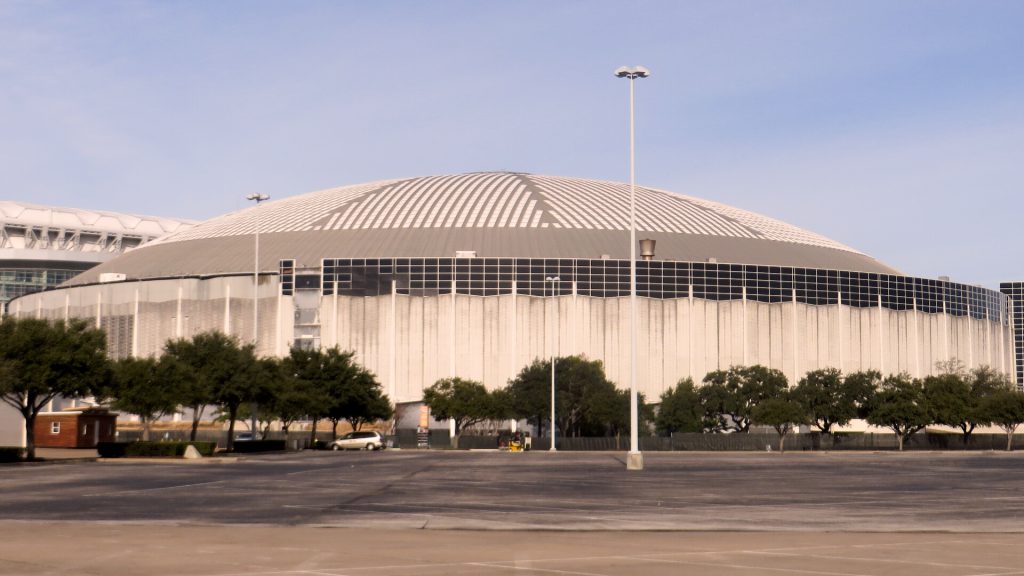
A. 1985
B. 2002
C. 1965
D. 1978
Answer: C. 1965

Insight: Debuting in 1965, the Houston Astrodome wasn’t just another stadium. Nicknamed the “Eighth Wonder of the World,” it revolutionized sports with its fully enclosed, air-conditioned design. This game-changer became a beloved venue for Houston’s Astros and countless other events for nearly 40 years.
31. Can you identify the location of the first major oil well in Texas?

A. Spindletop
B. Waco
C. Gulf of Mexico
D. Dallas
Answer: A. Spindletop

Insight: Texas owns a unique piece of history! Spindletop, near Beaumont, holds the title of the first major oil well in Texas, discovered in 1901. This wasn’t your average well – it was a gusher, forever changing the landscape of American industry by ushering in the Petroleum Age.
32. Which part of Texas was settled by the French in the mid-1680s?

A. Central
B. Northeast
C. Southwest
D. Southeast
Answer: D. Southeast

Insight: The French colonization of Texas began in a most unexpected way. In 1685, aiming to establish a colony near the Mississippi River, Robert Cavelier de La Salle ended up in southeast Texas due to navigation errors. Fort Saint Louis, built near Arenosa Creek and Matagorda Bay, became the first French settlement in the region.
33. In 1845, the United States brought Texas into the Union. What was its order of admission?

A. 28th
B. 58th
C. 45th
D. 25th
Answer: A. 28th

Insight: After declaring independence in 1836, Texas joined the United States in 1845 as the 28th state. President Polk played a key role in this annexation, granting Texas the unique right to keep its public lands – a privilege not shared by all states.
34. On which date was the East Texas Oilfield discovered?
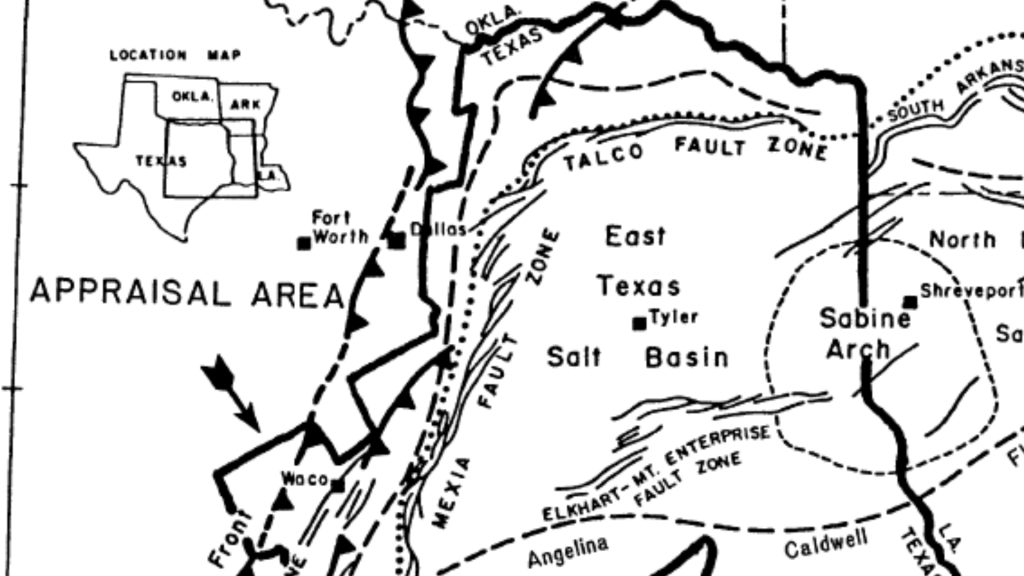
A. October 5, 1930
B. October 5, 1900
C. October 5, 1530
D. October 5, 2003
Answer: A. October 5, 1930

Insight: Texas history adds another chapter in 1930 with the discovery of the East Texas Oilfield. A lucky wildcatter, 70-year-old Dad Joiner, struck oil on the Daisy Bradford farm, forever changing the landscape. This massive field, the largest in the lower 48 states, continues to pump, contributing over 5.2 billion barrels to date.
35. What’s the name of the second largest canyon in the United States, often called “The Grand Canyon of Texas?”
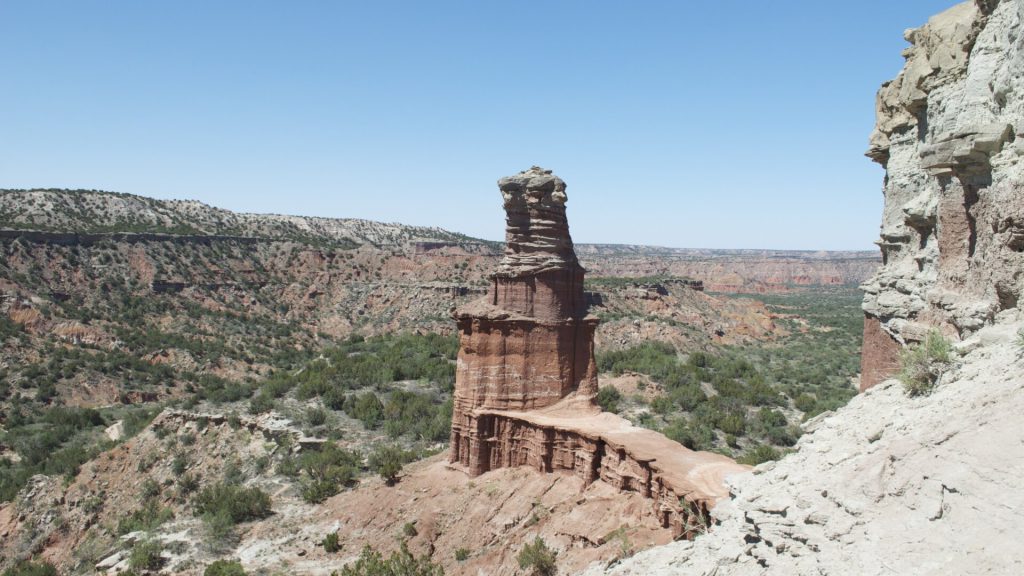
A. Bighorn Canyon
B. Antelope Canyon
C. Palo Duro Canyon
D. Bryce Canyon
Answer: C. Palo Duro Canyon

Insight: Situated in the Texas Panhandle, Palo Duro Canyon stretches for roughly 120 miles, earning its title as the second-largest canyon in the US. Often dubbed the “Grand Canyon of Texas” for its majestic size and colorful rock formations, its name actually translates to “hard stick” – a reminder of the region’s rugged beauty.
36. Sam Houston held an elected office in two U.S. states. Can you name them?
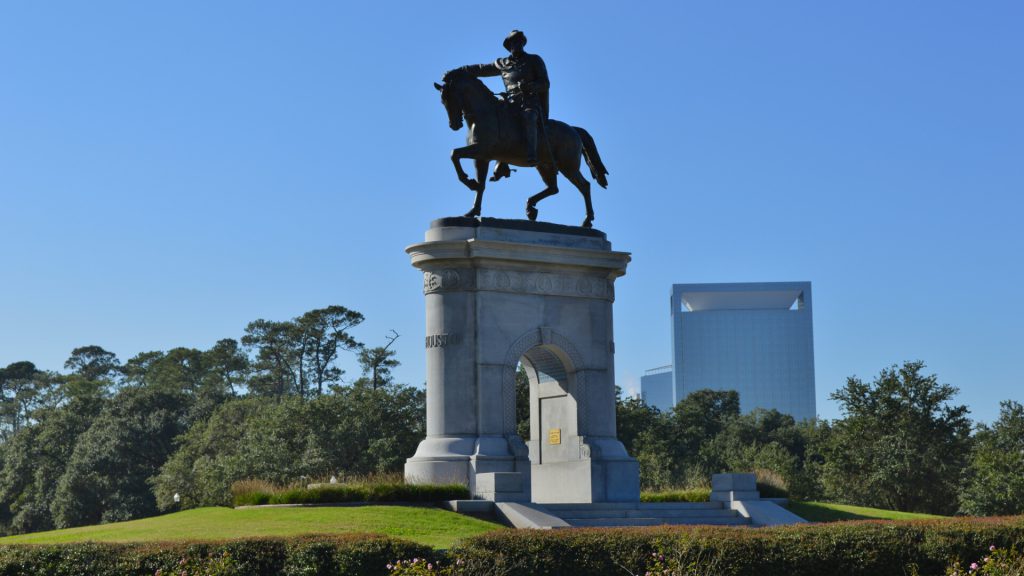
A. Texas and Louisiana
B. Texas and Florida
C. Texas and Tennessee
D. Texas and New York
Answer: C. Texas and Tennessee

Insight: Sam Houston wasn’t just a Texan hero. Before leading Texas to independence and serving as its president, he was a Congressman for Tennessee. Later, he returned to national politics as a U.S. Senator representing Texas. He truly left his mark on both states.
37. What was the reason for Sam Houston’s resignation as Governor of Texas?

A. He wanted to focus on his business ventures
B. He was tired of being governor and wanted to run for president
C. He refused to join the confederacy
D. He refused to lead an attack against the Cherokee
Answer: C. He refused to join the confederacy
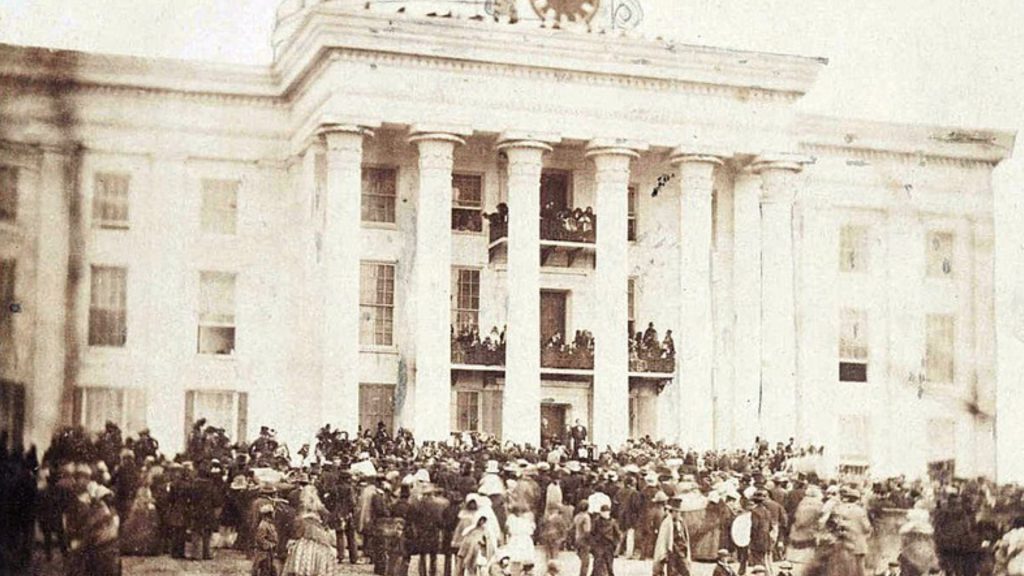
Insight: Texas Governor Sam Houston fiercely opposed secession. Even after the state voted to leave the Union, he refused to accept their authority or take an oath to the Confederacy. This unwavering stance ultimately led to his resignation in March 1861, paving the way for a pro-secession successor.
38. Around how many brave souls stood their ground in defense of the Alamo?
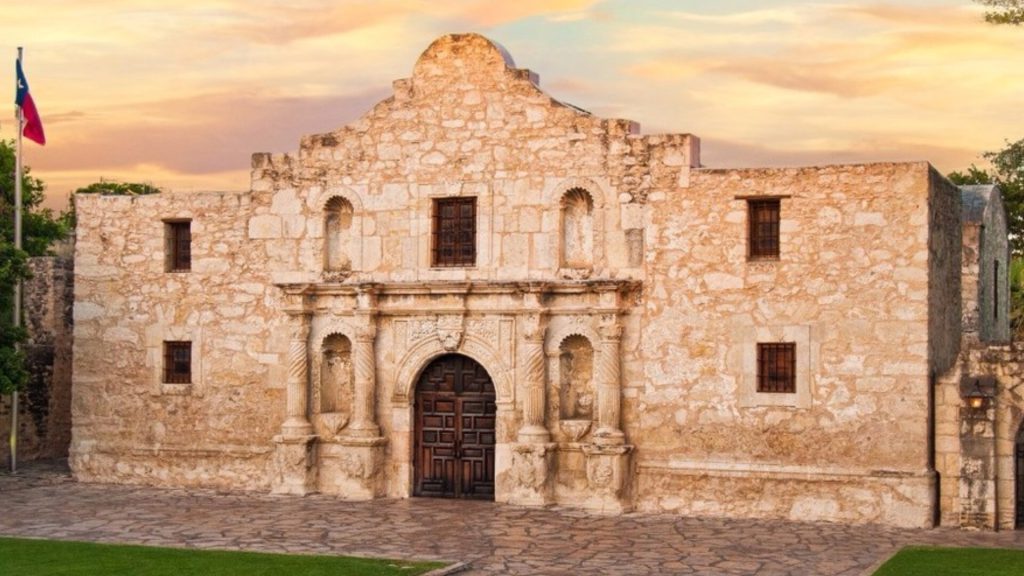
A. 50
B. 350
C. 450
D. 200
Answer: D. 200
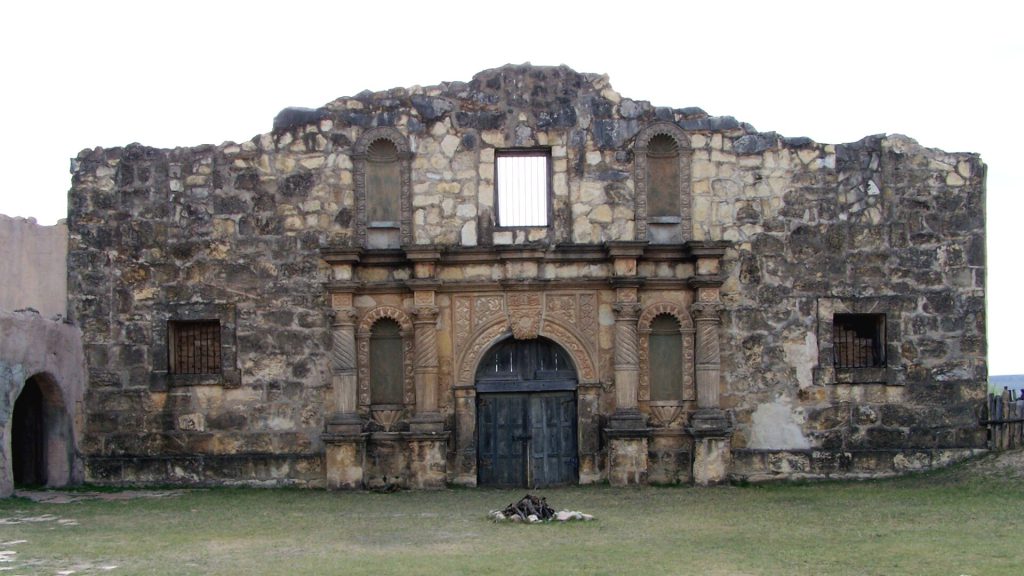
Insight: Around 200 Texans, including legends like James Bowie, William Travis, and David Crockett, made a valiant stand at the Alamo for Texas’ independence. Despite being outnumbered, they held off the Mexican army for 13 days (February 23 – March 6, 1836) in a display of remarkable courage. Their sacrifice became a powerful symbol of Texan resistance.
39. Which agreement assisted the Republic of Texas in settling its financial obligations upon achieving statehood?

A. The Oregon Treaty
B. The Louisiana Purchase
C. The Compromise of 1850
D. The Missouri Compromise
Answer: C. The Compromise of 1850

Insight: Strapped with debt by the time it joined the U.S., Texas got some financial relief in the Compromise of 1850. The federal government agreed to take on Texas’s public debt in exchange for giving up claims to parts of present-day New Mexico. This deal was a key part of the compromise, which also tackled other hot-button issues like slavery and westward expansion.
40. In this sunset shot of Austin, you get a nice reflection of the dusky city and the river that meanders through it. Name this waterway.
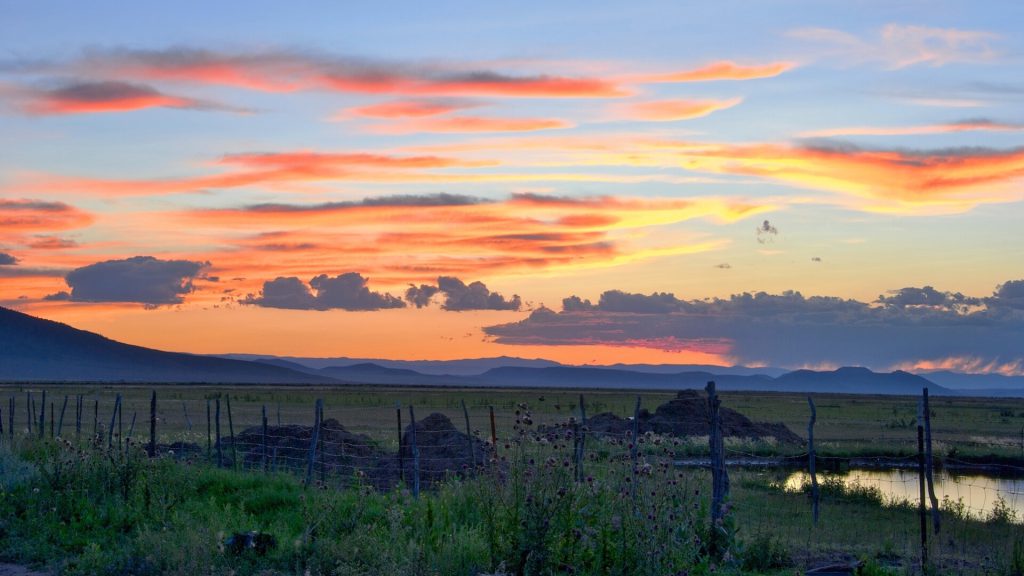
A. Gila River
B. Rio Grande
C. Colorado River
D. San Juan River
Answer: C. Colorado River

Insight: Heads up! There are two famous Colorado Rivers in the U.S. This one in Texas is all its own. Unlike its Grand Canyon counterpart, Texas’s Colorado River winds southeast, nourishing towns like Austin, before emptying into the Gulf of Mexico.
41. Which industry, during the late 19th century, fostered the growth of Texas settlements away from established cities?

A. Mining
B. Railroad
C. Cotton
D. Lumber
Answer: B. Railroad
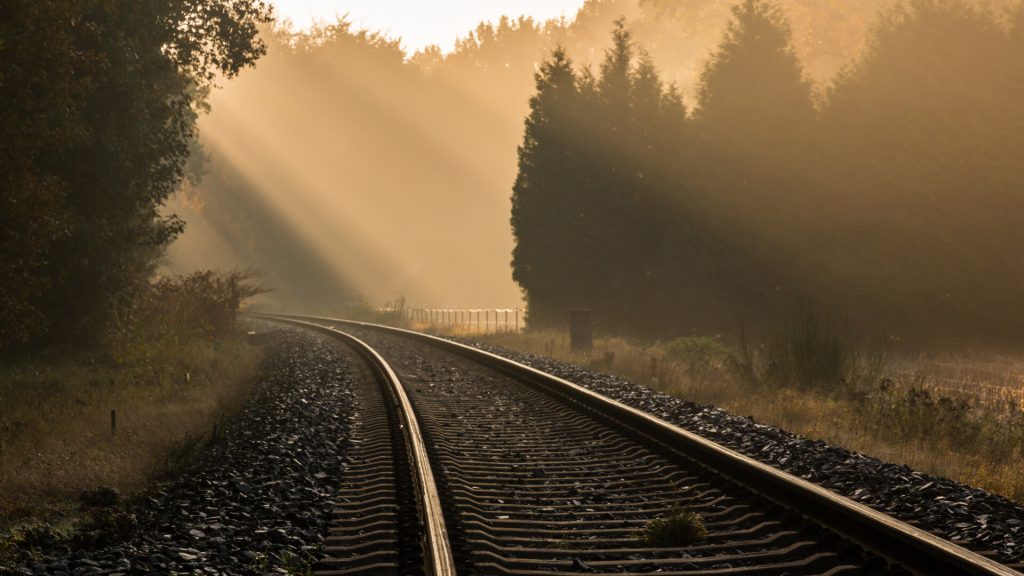
Insight: Trains weren’t just for travel in 19th century Texas – they were nation builders! After the Civil War, railroads stretched westward, opening vast areas for settlement and transforming Texas. Reliable transportation of people and goods was a game-changer, and the Lone Star State’s sprawl owes a big debt to these iron horses.
42. In what year was Texas, after seceding to join the Confederacy, readmitted to the Union?
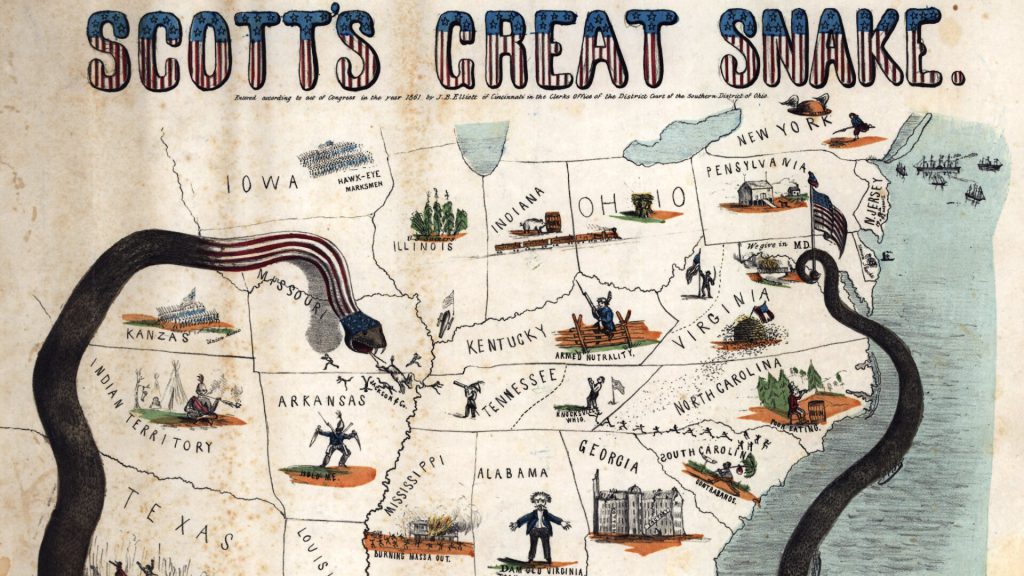
A. 1865
B. 1702
C. 1901
D. 1870
Answer: D. 1870

Insight: Reunification wasn’t immediate for Texas after the Civil War. Readmitted to the Union in 1870, the state – like others in the South – grappled with Reconstruction’s challenges. The road to reconciliation was long and bumpy, proving that healing wouldn’t happen overnight.
43. Which explorer encountered a shipwreck near the Texas coast and was subsequently sheltered by the Karankawa Indians?
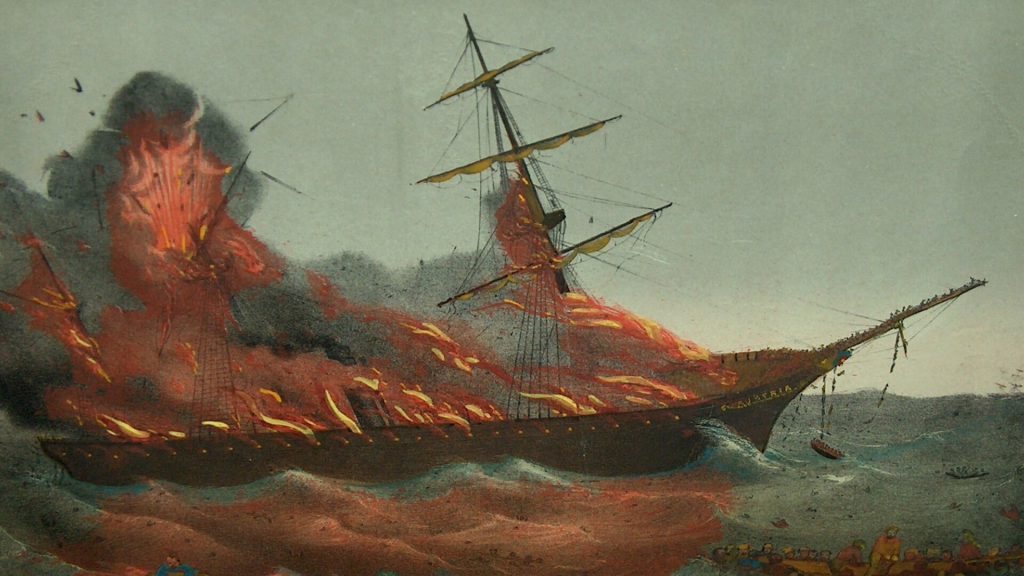
A. Cortez
B. DeLeon
C. Columbus
D. DeVaca
Answer: D. DeVaca

Insight: Shipwrecked Spanish explorer Álvar Núñez Cabeza de Vaca landed in Texas in 1528. Instead of being captured, he was taken in by the Karankawa people. Living with them for years, de Vaca learned their ways and even became a shaman. This unique encounter stands as one of the first documented meetings between Europeans and Native Americans in Texas.
44. Which individual is often revered as the ‘Father of Texas Education’?

A. Davy Crockett
B. Moses Austin
C. William B. Travis
D. Mirabeau B. Lamar
Answer: D. Mirabeau B. Lamar

Insight: Texas students owe a debt of gratitude to Mirabeau B. Lamar, the “Father of Texas Education.” During his presidency, Lamar secured land for schools across the state, laying the foundation for the modern public education system. He even envisioned the future of higher learning by allocating land that later became the University of Texas and Texas A and M University.
45. Before Sam Houston took office as president of Texas, who served as the interim president?

A. Mirabeau Lamar
B. Juan Seguin
C. David Burnet
D. Jamis Fanin
Answer: C. David Burnet
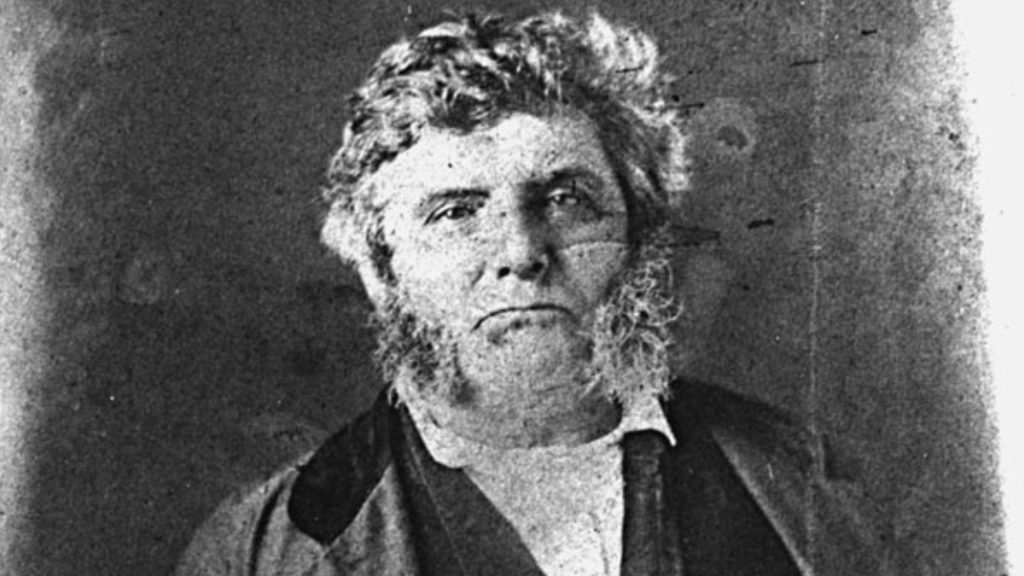
Insight: Though David Burnet filled the role of interim president in Texas twice, in 1836 and 1841, he never officially secured the presidency. Despite his service, his political views diverged from popular opinion, and he was unsuccessful in presidential elections. However, his contributions to Texas continued as he later served as both Vice President and Secretary of State.
46. During the War of 1812, in which battle did Sam Houston sustain injuries?

A. Battle of Horseshoe Bend
B. Battle of New Orleans
C. Battle of Tippecanoe
D. Battle of Plattsburgh
Answer: A. Battle of Horseshoe Bend
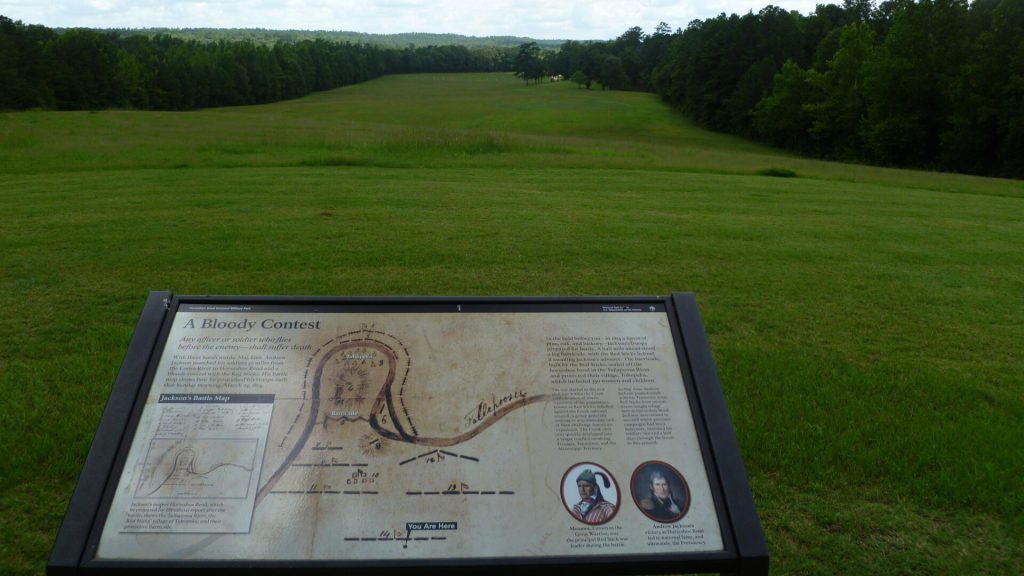
Insight: At the 1814 Battle of Horseshoe Bend, war hero Sam Houston wasn’t fazed by three injuries, including a nasty arrow wound. Despite the pain that lingered even later in life, Houston’s bravery impressed General Andrew Jackson, launching their mentorship and propelling Houston’s military career.
47. Big Bend National Park gets its name from the large curve in the Rio Grande River that sits in the park. What desert’s ecosystem is Big Bend part of?

A. Mojave
B. Chihuahuan Desert
C. Great Basin
D. Sonoran Desert
Answer: B. Chihuahuan Desert
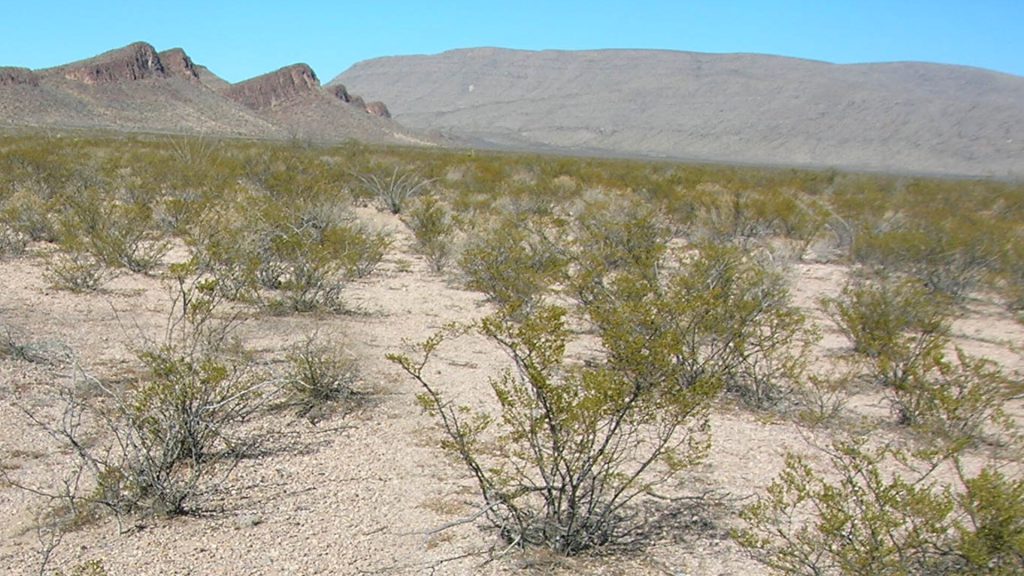
Insight: Sprawling across West Texas, the Chihuahuan Desert is a vital ecosystem and one of the four major deserts in the U.S. Big Bend National Park calls this unique landscape home, where creatures like foxes, bobcats, kangaroo rats, and numerous bat species thrive.
48. What conflict arose due to Texas’ aspiration for independence from Mexico?

A. The Civil War
B. The Mexican-American War
C. The Spanish Civil War
D. The Texas Revolution
Answer: D. The Texas Revolution

Insight: Texas’ desire for self-rule sparked the Texas Revolution, a war fought from 1835 to 1836. Initially focused on regaining control within Mexico, the fight quickly escalated into a full-blown struggle for independence. Though the revolution ended, it wouldn’t be peace with Mexico for some time. This period marked a turning point in Texas history, paving the way for the Republic of Texas.
49. Which renowned Texan was originally born in Virginia?
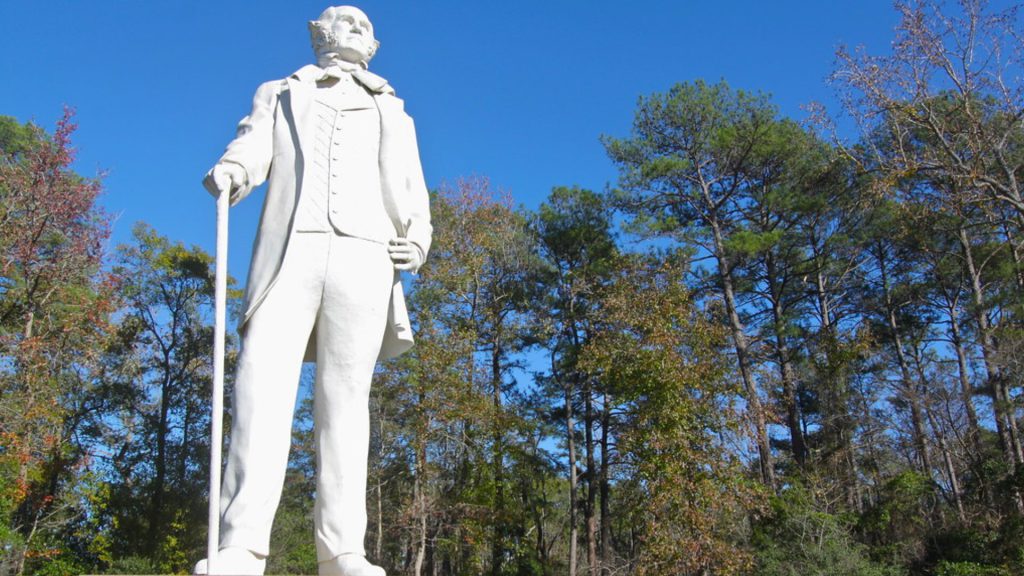
A. Sam Houston
B. James Bowie
C. William B. Travis
D. John Kirby Allen
Answer: A. Sam Houston

Insight: Though born in Virginia, Texas legend Sam Houston became a true son of the Lone Star State. Arriving in 1832, he swiftly rose to prominence during the Texas Revolution. Despite his Virginia roots, Texans proudly claim him as one of their own.
50. In 1680, which city served as the Spanish’s primary base in Texas?
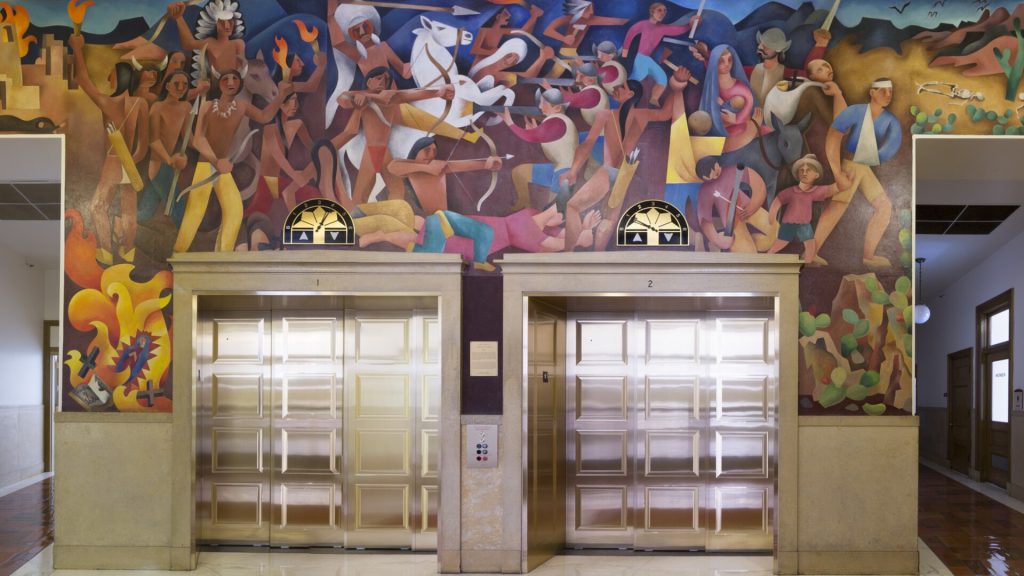
A. Dallas
B. San Antonio
C. El Paso
D. Austin
Answer: C. El Paso
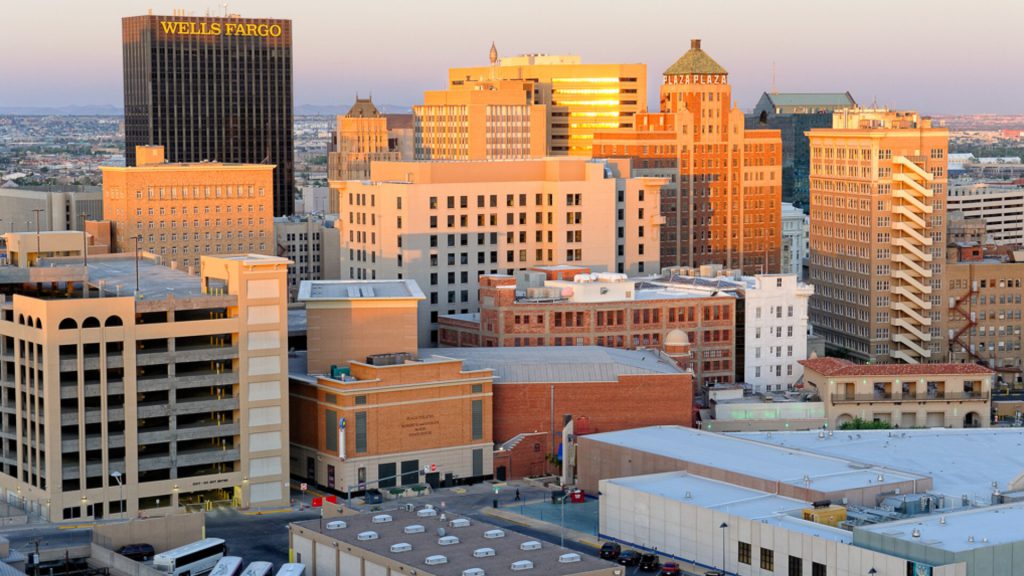
Insight: El Paso’s story began in 1680 when a Pueblo revolt forced Spanish colonists to flee from New Mexico. This unexpected turn of events made El Paso their new Texan headquarters for over a decade, kicking off its rise as a vital city in Texas’ Spanish colonial era.
51. Which brave man risked his life to leave the Alamo twice, delivering crucial messages, and despite the danger, returned each time, only to perish soon after his second return in the defense of the fort?

A. James Bowie
B. John William Smith
C. James Butler Bonham
D. William Barret Travis
Answer: C. James Butler Bonham

Insight: Alabama lawyer James Butler Bonham, a fearless 29-year-old, defied danger by venturing out of the Alamo twice to deliver vital messages. Despite returning each time, he tragically fell defending the fort alongside Alamo heroes like Travis, Bowie, and Crockett. Bonham’s bravery and sacrifice are forever etched in the Alamo’s legacy.
52. Which Spanish explorer was the first to lay eyes on Texas?

A. Juan Ponce de León
B. Francisco Pizarro
C. Christopher Columbus
D. Alonso Álvarez de Pineda
Answer: D. Alonso Álvarez de Pineda

Insight: Texas can claim a surprising first European visitor: mapmaker Alonso Álvarez de Pineda. In 1519, while sailing from Florida to Mexico, Pineda charted the Texas Gulf Coast, proving the Gulf wasn’t an enclosed sea. This map became the earliest known document in Texas history!
53. Among these cities in Texas, which one is nearest to the largest bat colony in the world?
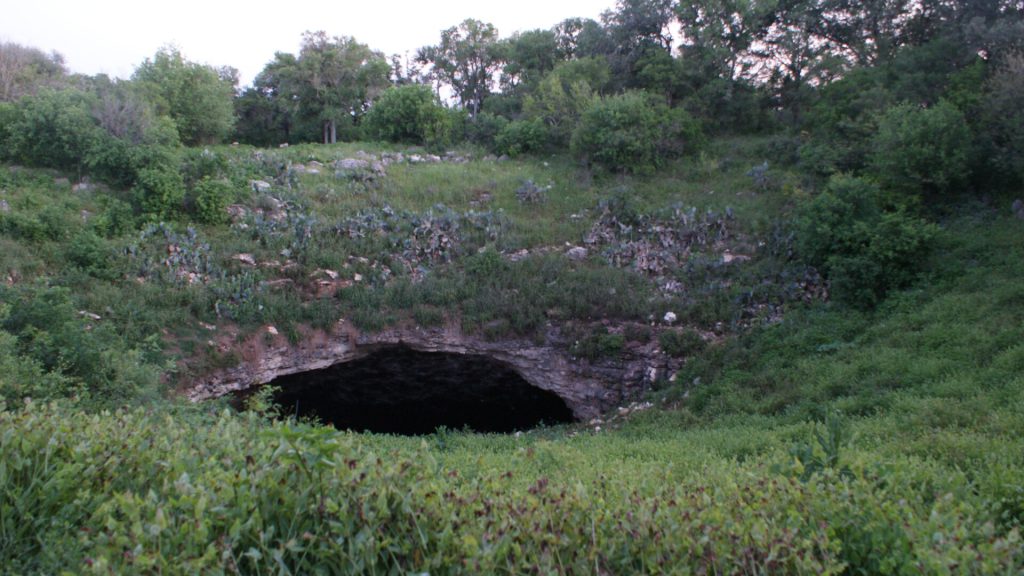
A. Austin
B. Fort Worth
C. Corpus Christi
D. San Antonio
Answer: D. San Antonio
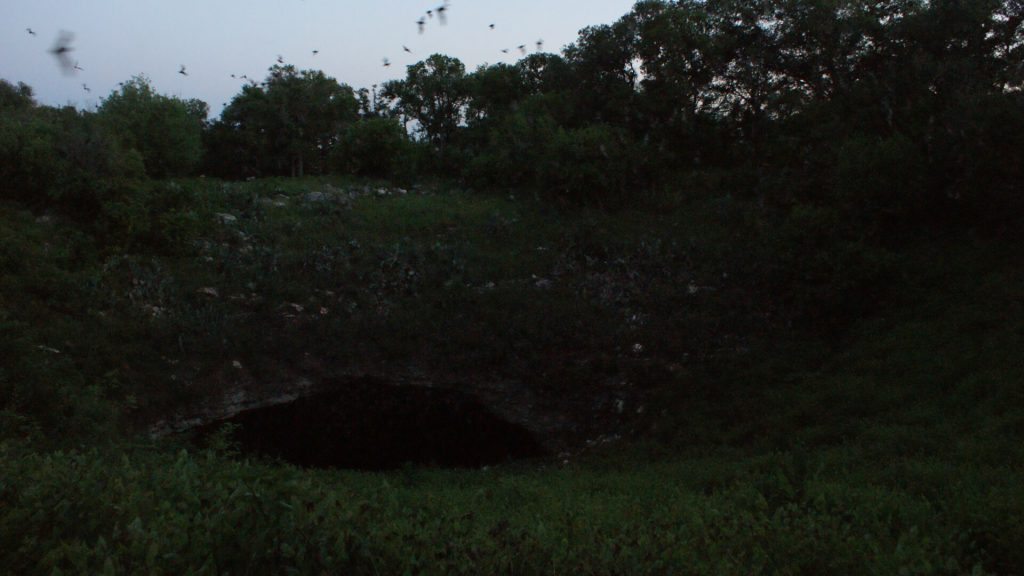
Insight: A trip to San Antonio isn’t complete without witnessing a natural wonder just outside the city. Bracken Cave Preserve, home to the world’s largest bat colony (15-20 million strong!), offers an unforgettable evening spectacle from March to October. Watch these Mexican free-tailed bats take flight en masse as dusk descends, making your San Antonio adventure truly unique.
54. In which location was the final battle of the American Civil War fought?
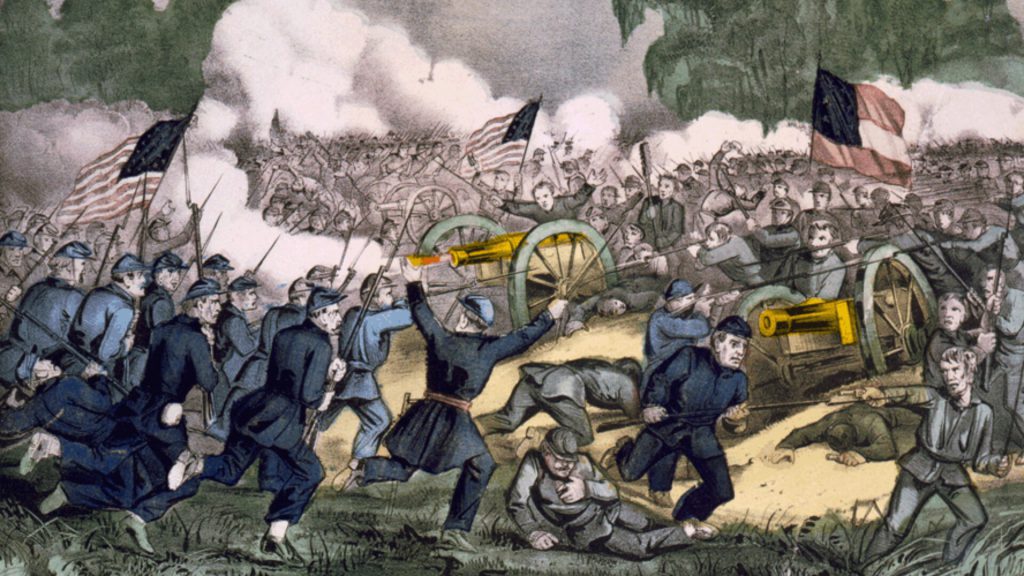
A. Palmito Ranch, Texas
B. Galveston, Texas
C. San Jacinto, Texas
D. King Ranch, Texas
Answer: A. Palmito Ranch, Texas

Insight: Believe it or not, the final land battle of the Civil War happened over a month after the war officially ended! On May 12-13, 1865, at Palmito Ranch, Texas, Confederate troops under Colonel Ford defeated Union forces led by Colonel Barrett. This surprising clash highlights the fog of war and the lingering effects of the conflict, even after its official conclusion.
55. In which year did the city of Austin earn the distinction of becoming the capital of Texas?
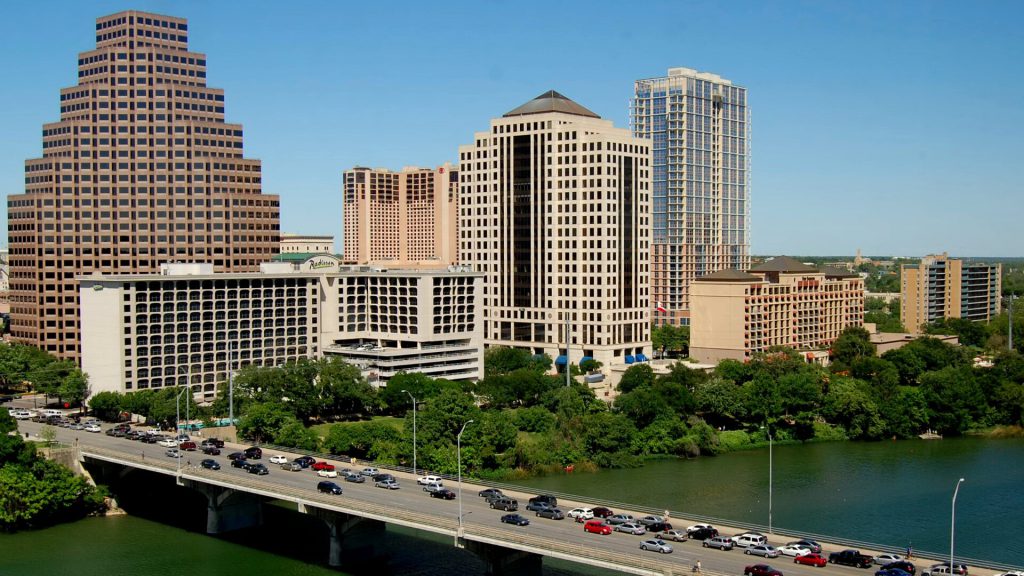
A. 1901
B. 1956
C. 1872
D. 1839
Answer: D. 1839
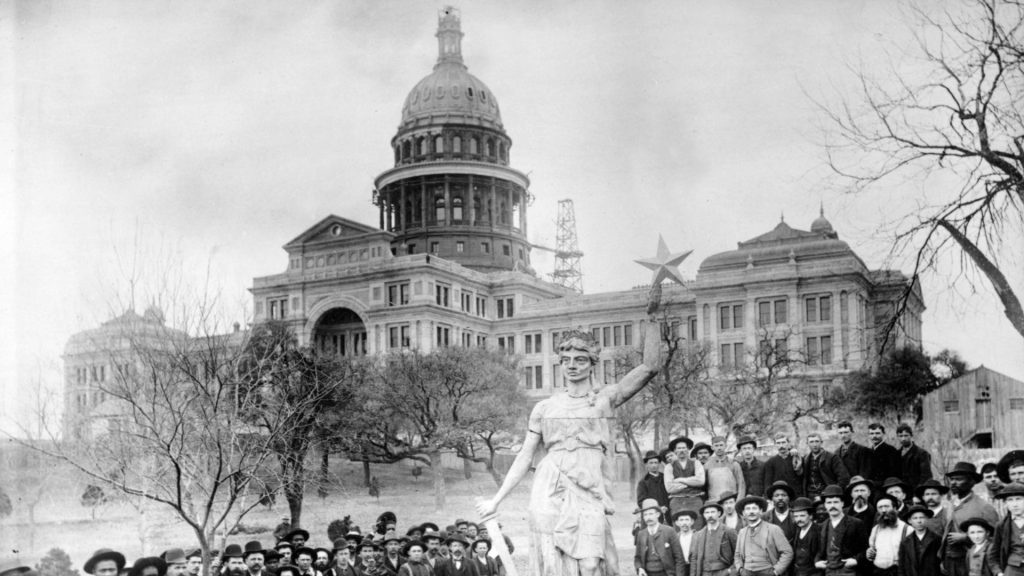
Insight: Founded in 1837, Austin, Texas quickly boomed after being named the Republic of Texas’ capital just two years later. Though its capital status faced a temporary challenge in 1872, Austin persevered and remains the thriving capital and most populous city of Travis County today.
56. Who served as a guide for Fray Marcos and DeVaca during their individual journeys through the region of Texas?

A. Moscoso
B. Pineda
C. Cortes
D. Estevanico
Answer: D. Estevanico
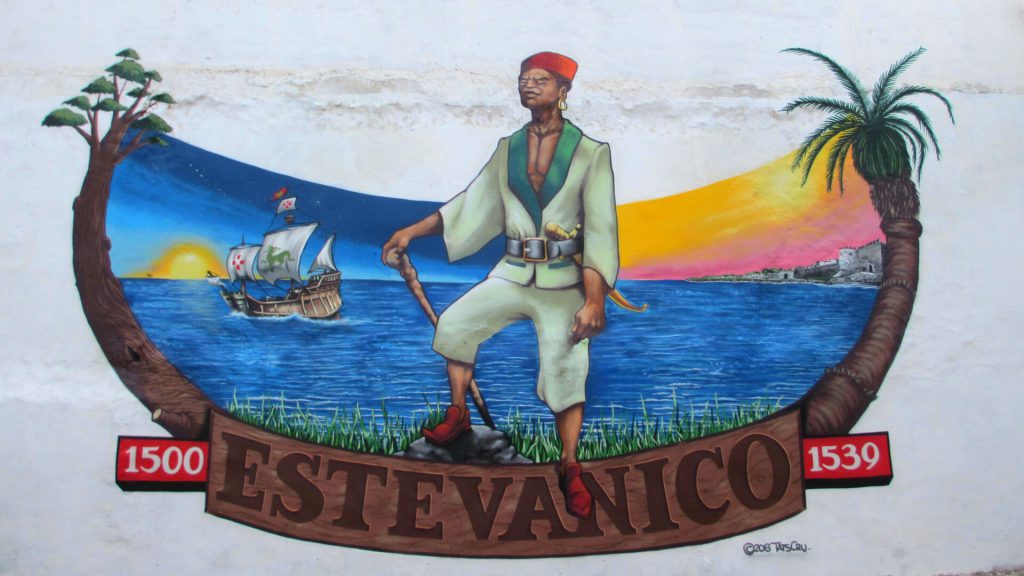
Insight: Estevanico, a multilingual guide with knowledge of the land, played a key role in Fray Marcos’ and Cabeza de Vaca’s Texas explorations. Considered the first African explorer in Texas, he also joined the Coronado Expedition searching for the Seven Cities of Cíbola. Sadly, his remarkable journey ended tragically when he was killed near the fabled city.
57. Can you identify the first European explorer who ventured into the interior of Texas?
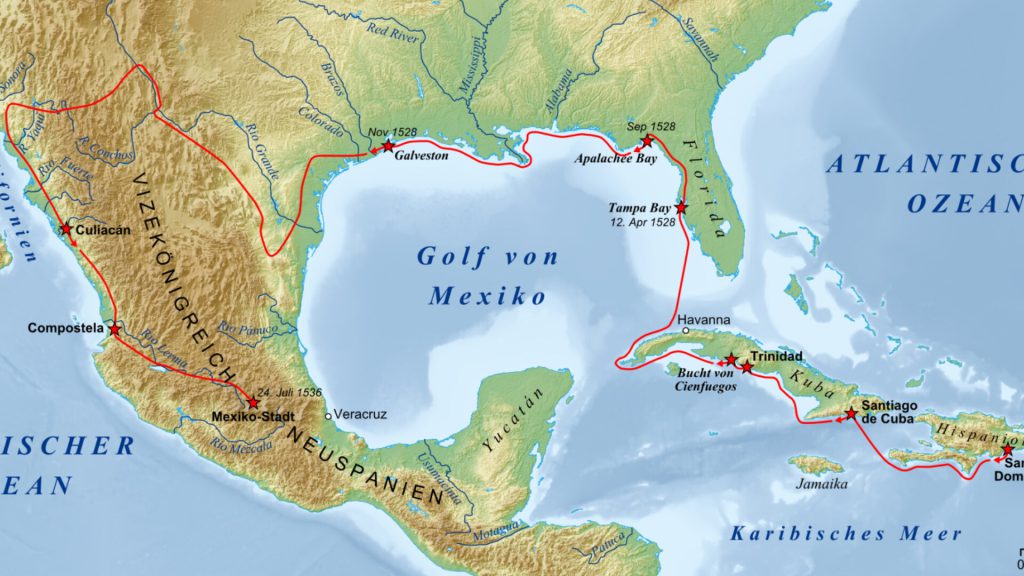
A. DeVaca
B. DeLeon
C. Columbus
D. Coronado
Answer: A. DeVaca

Insight: Álvar Núñez Cabeza de Vaca, a Spanish explorer in the 1530s, blazed a trail as the first European to explore the heart of Texas. He documented fascinating details like how people gathered nopalitos (cactus paddles) for food. Upon returning to Spain, he described the land as lush and even encountered “large cows with horns,” likely our modern-day buffalo. His adventures were truly groundbreaking!
58. Which Mexican officer, who later fell defending his artillery at the Battle of San Jacinto, attempted in vain to save Texan lives during several battles, including the Battle of the Alamo?
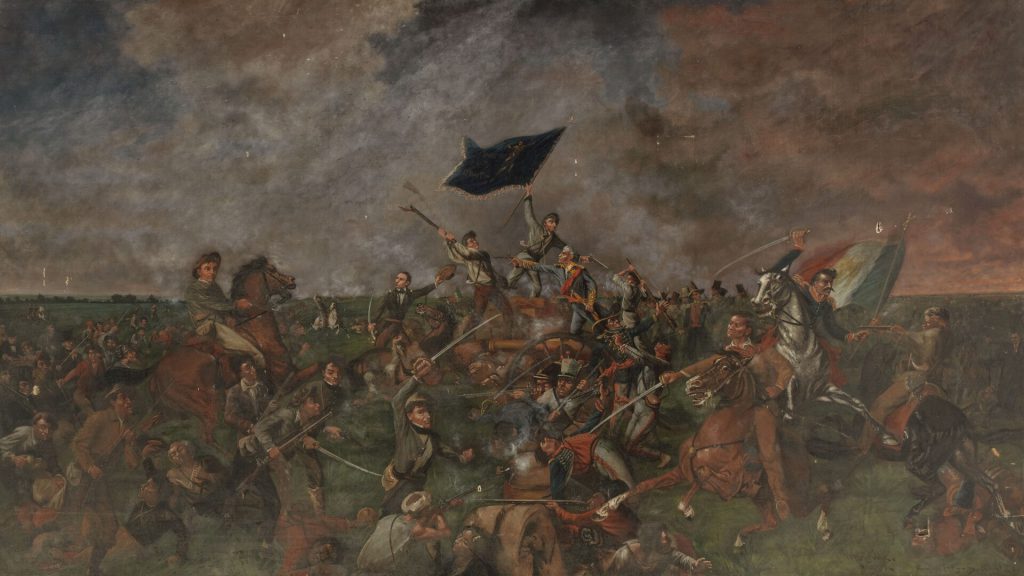
A. Castrillón
B. Santa Ana
C. Urrea
D. Morales
Answer: A. Castrillón

Insight: Mexican officer, General Manuel Fernandez Castrillón, stood out during the Texas Revolution for his compassion. He attempted to save Texan lives in battles like the Alamo. Tragically, at San Jacinto, a turning point in the revolution, he died defending his position despite his efforts for peace. Though his actions to spare lives went unrecognized, his bravery is remembered.
59. Which Native American tribe was responsible for the name of Texas?

A. Caddo
B. Navajo
C. Comanche
D. Apache
Answer: A. Caddo
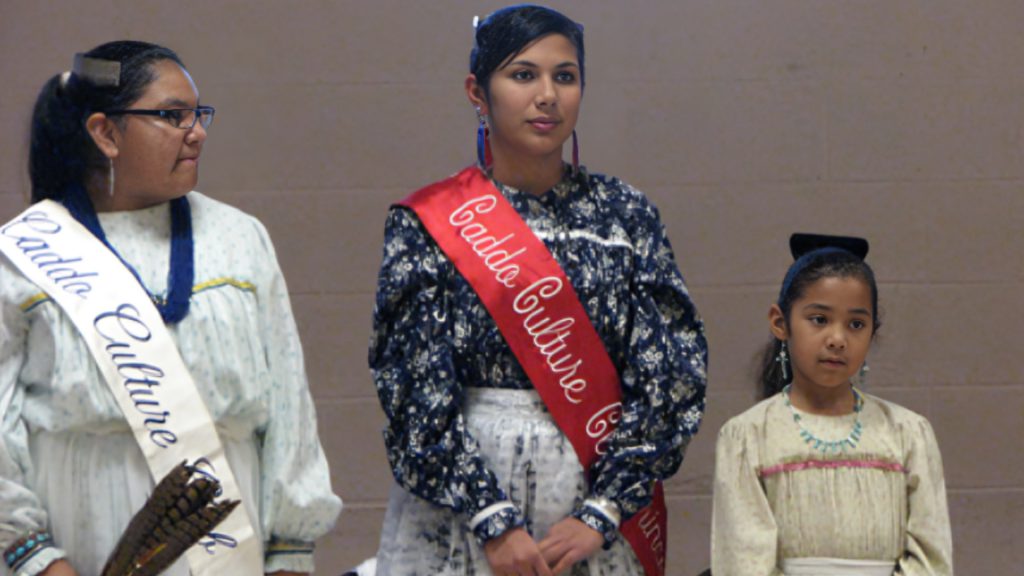
Insight: Texas’ name has a surprising origin! The word actually stems from the Caddo language, spoken by a Native American tribe. So, the next time you’re chatting about the Lone Star State, you can impress your friends with this bit of Texas trivia.
60. What officially concluded the Texas Revolution and the conflict between Mexico and Texas?

A. Capture of Santa Anna
B. Annexation to the United States
C. Battle of Gonzales
D. Treaties of Velasco
Answer: D. Treaties of Velasco

Insight: Though meant to formally end the Texas Revolution, the Treaties of Velasco in 1836 proved a one-sided affair. Signed by a captured Santa Anna, they granted Texas independence and established the Rio Grande as the border. However, Mexico’s refusal to ratify the treaties left the issue unresolved for years to come.
61. Of the men who departed the Alamo to deliver messages on behalf of Colonel Travis, who was the one who returned to fight and brought additional support?

A. James Bowie
B. Albert Martin
C. William B. Travis
D. Juan Seguin
Answer: B. Albert Martin
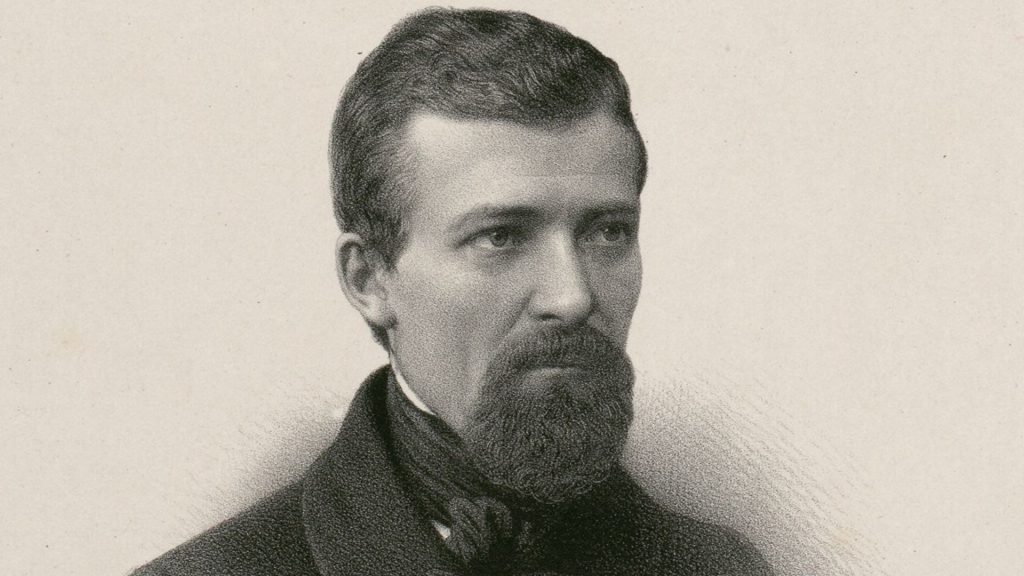
Insight: Albert Martin emerged as a hero during the Battle of the Alamo. Not content with merely delivering a crucial letter from William Barret Travis to Gonzales, Martin rallied locals and returned with 32 volunteers to bolster the Alamo’s defense. His unwavering commitment and courage in the face of daunting odds solidify his status as a true legend.

